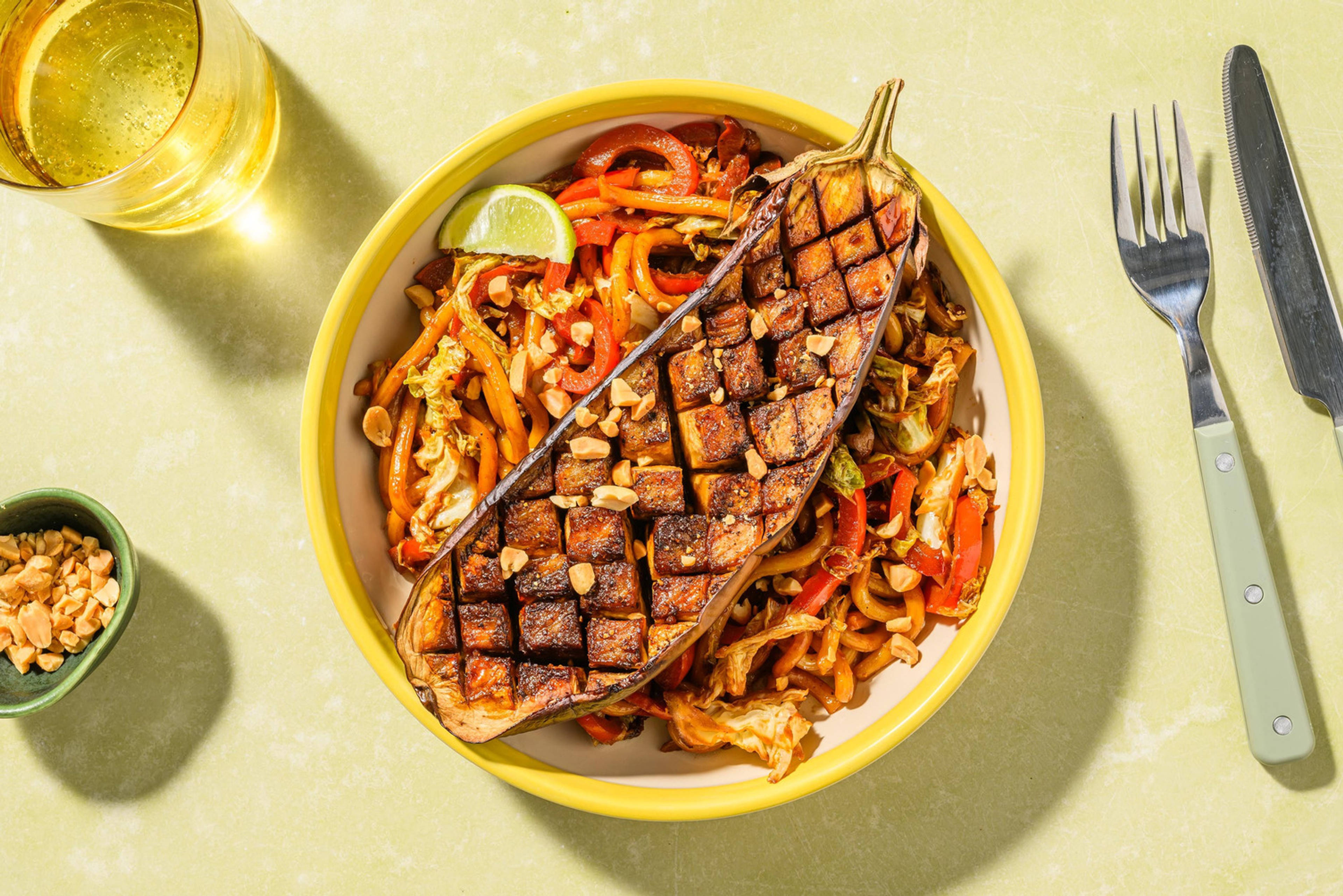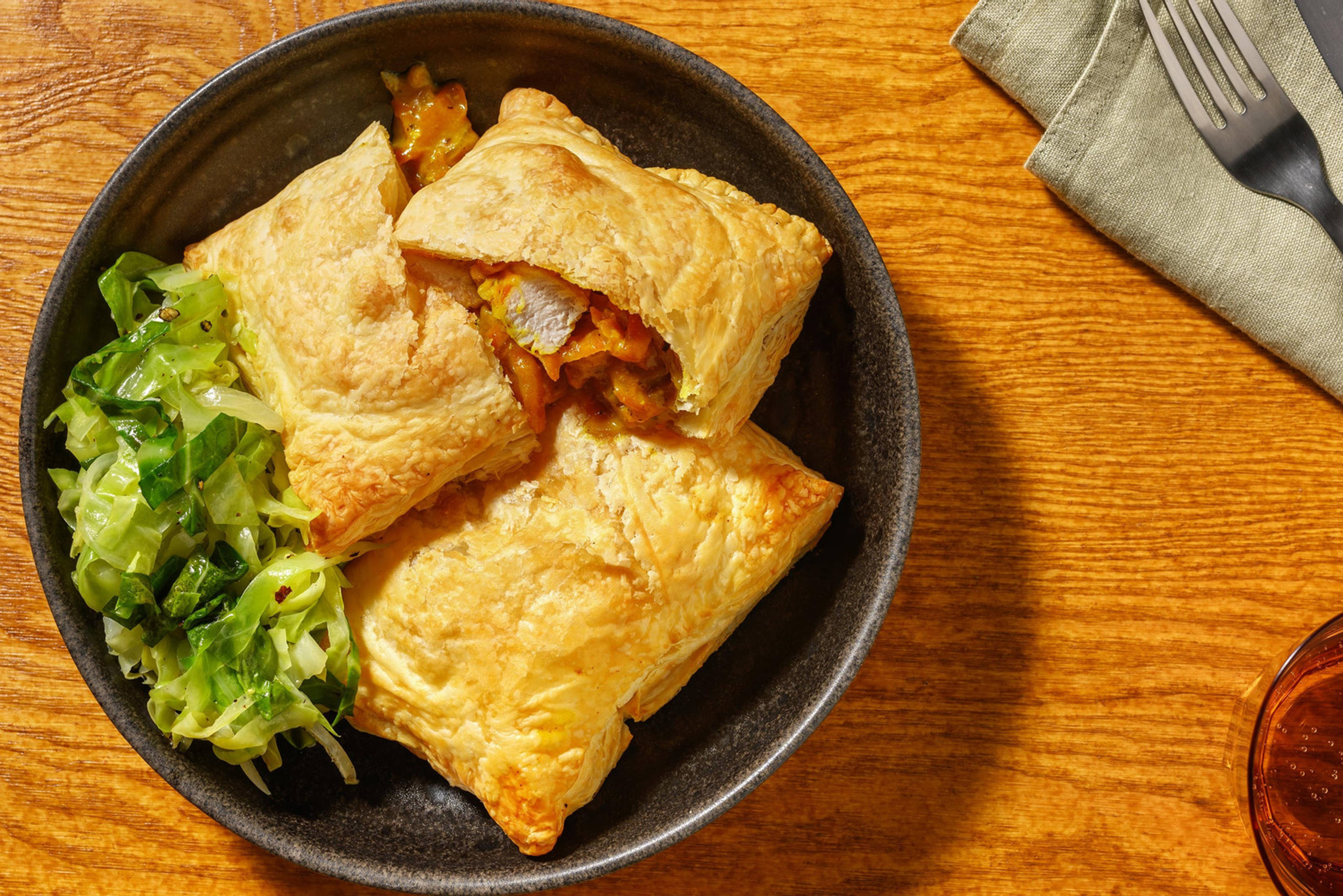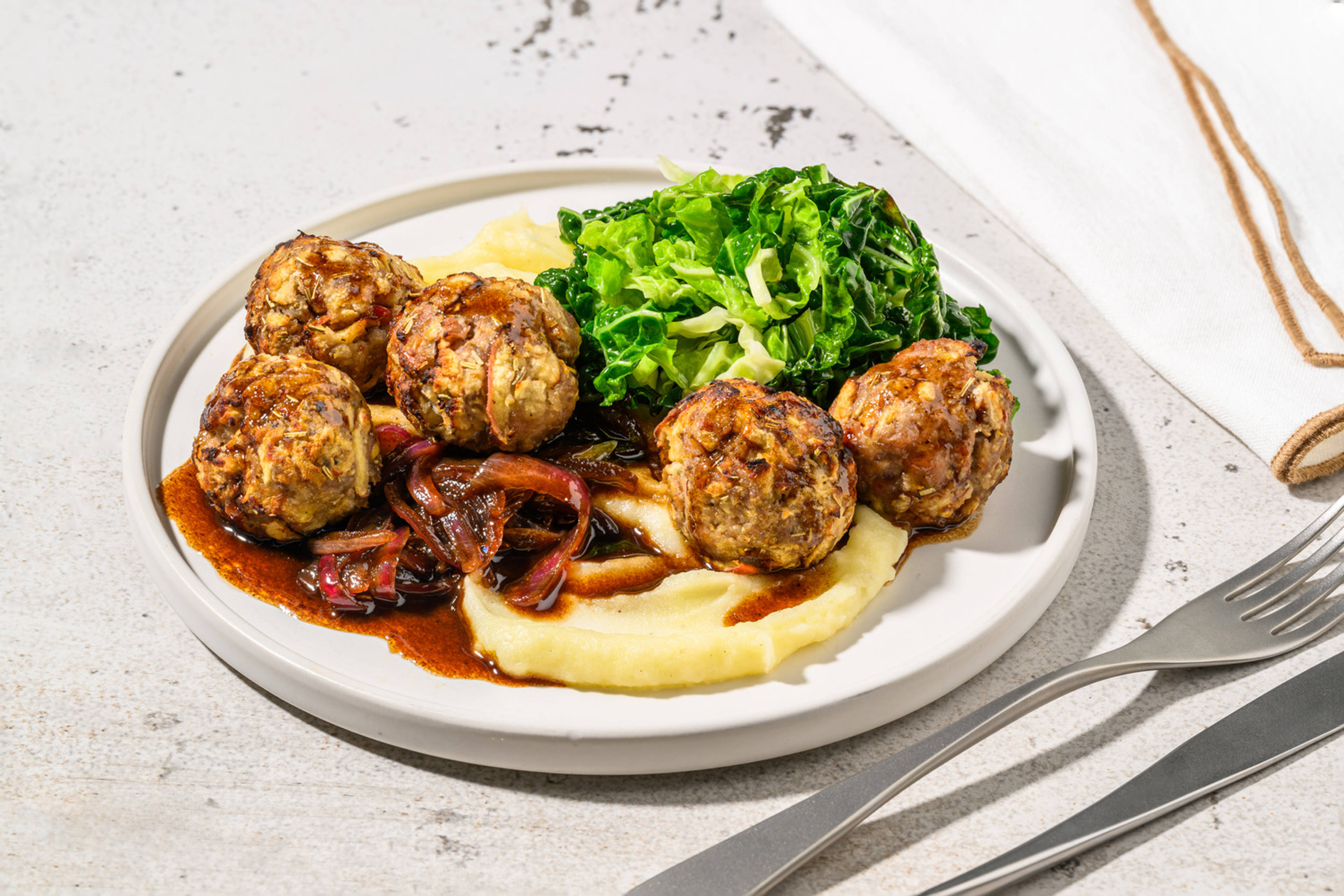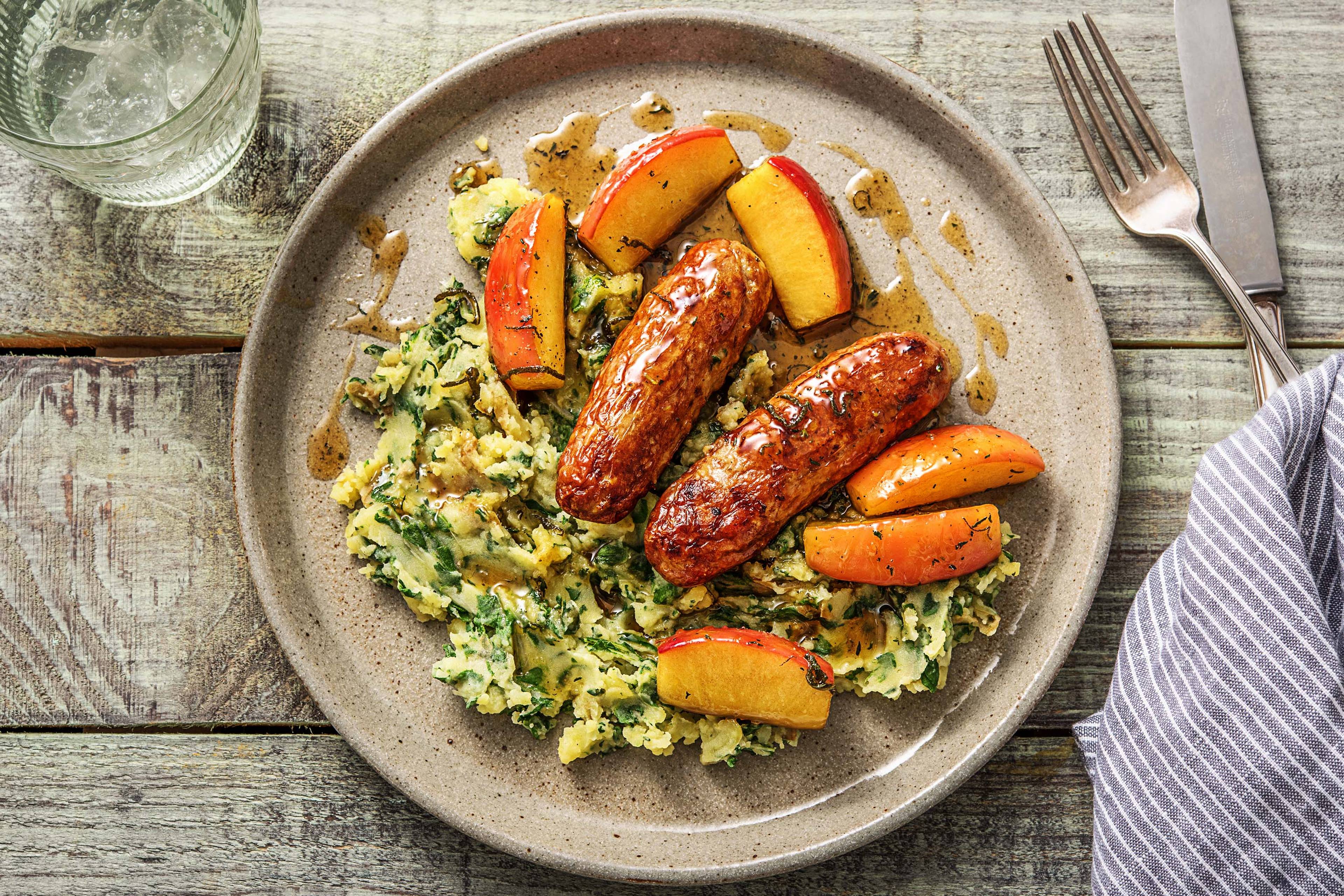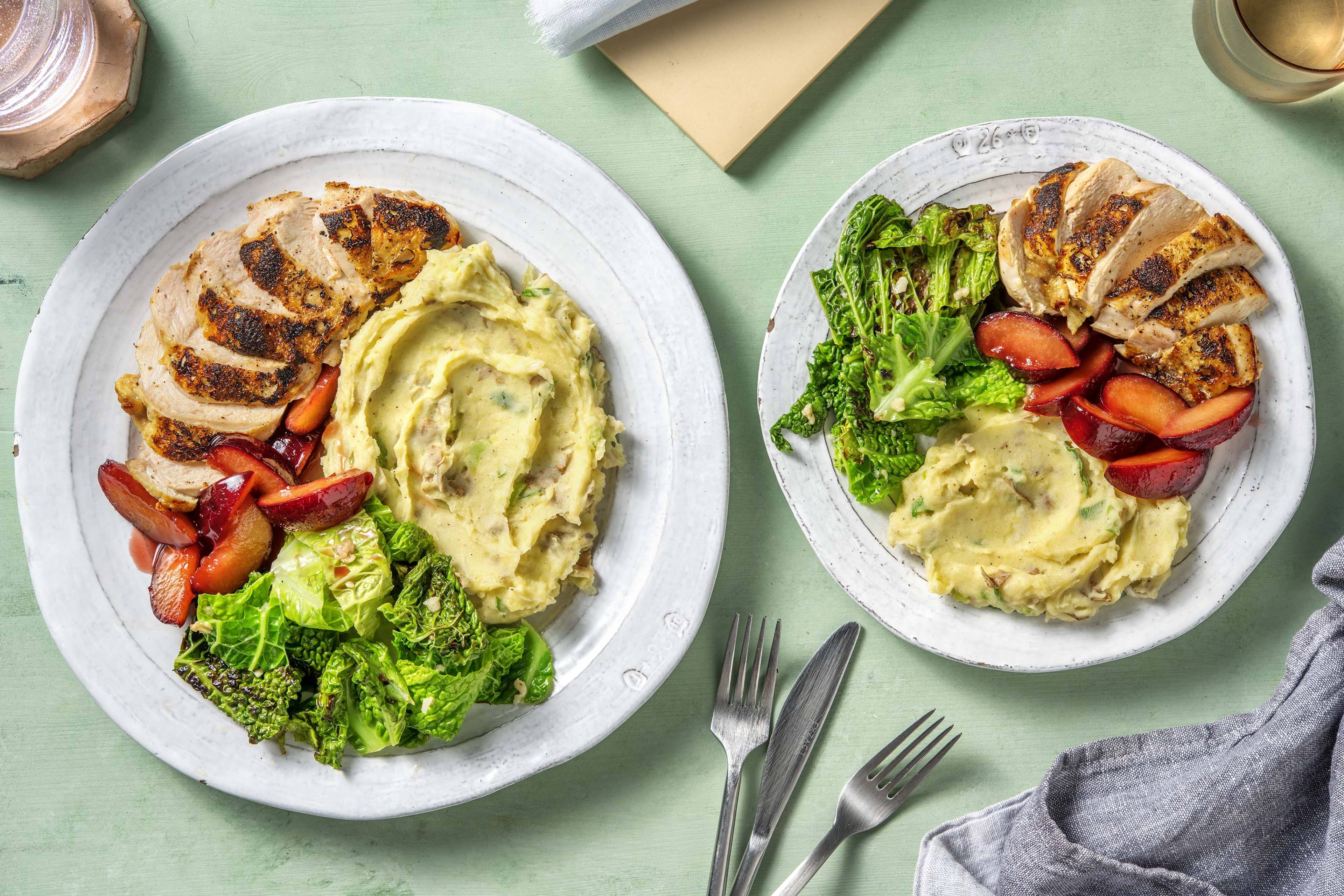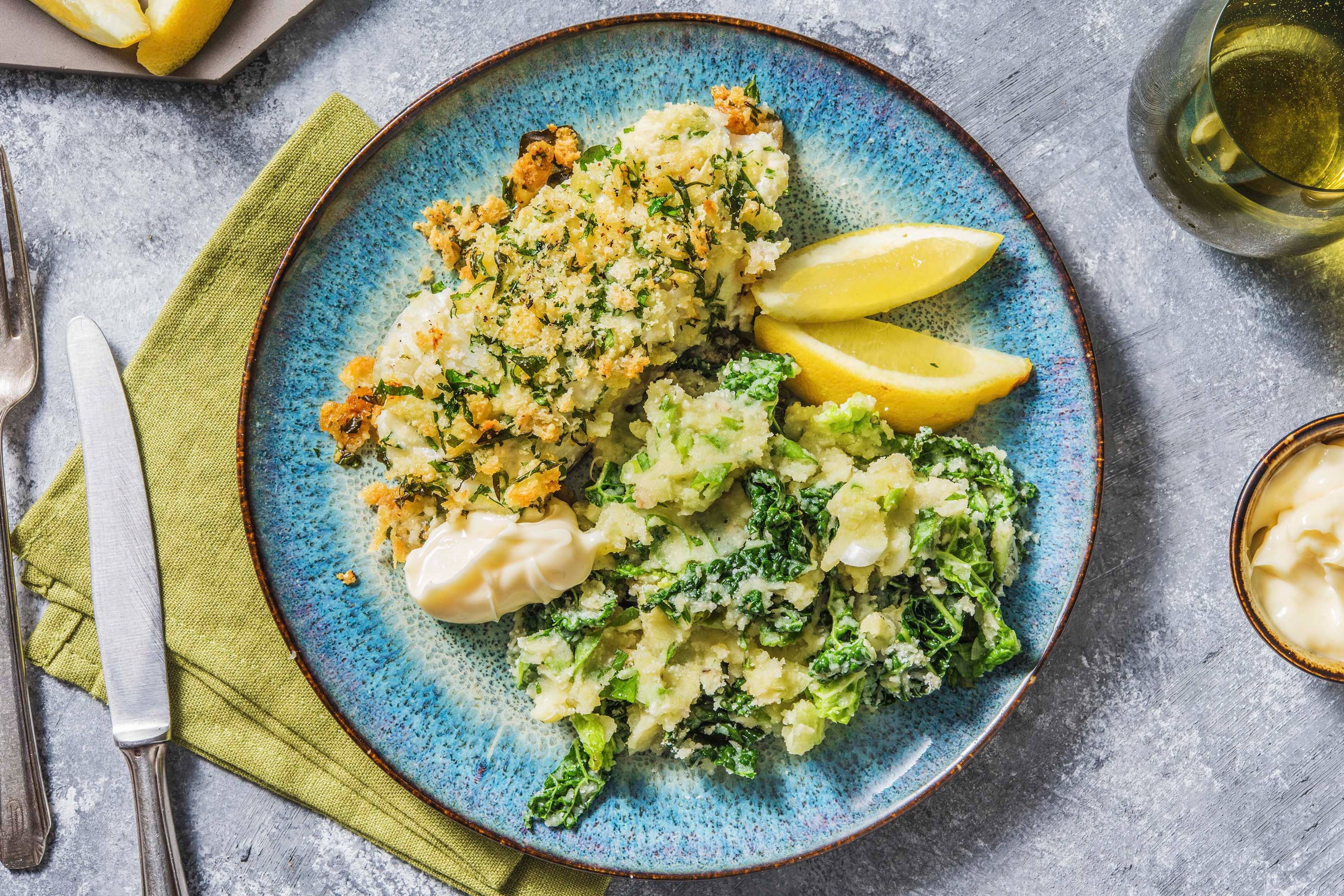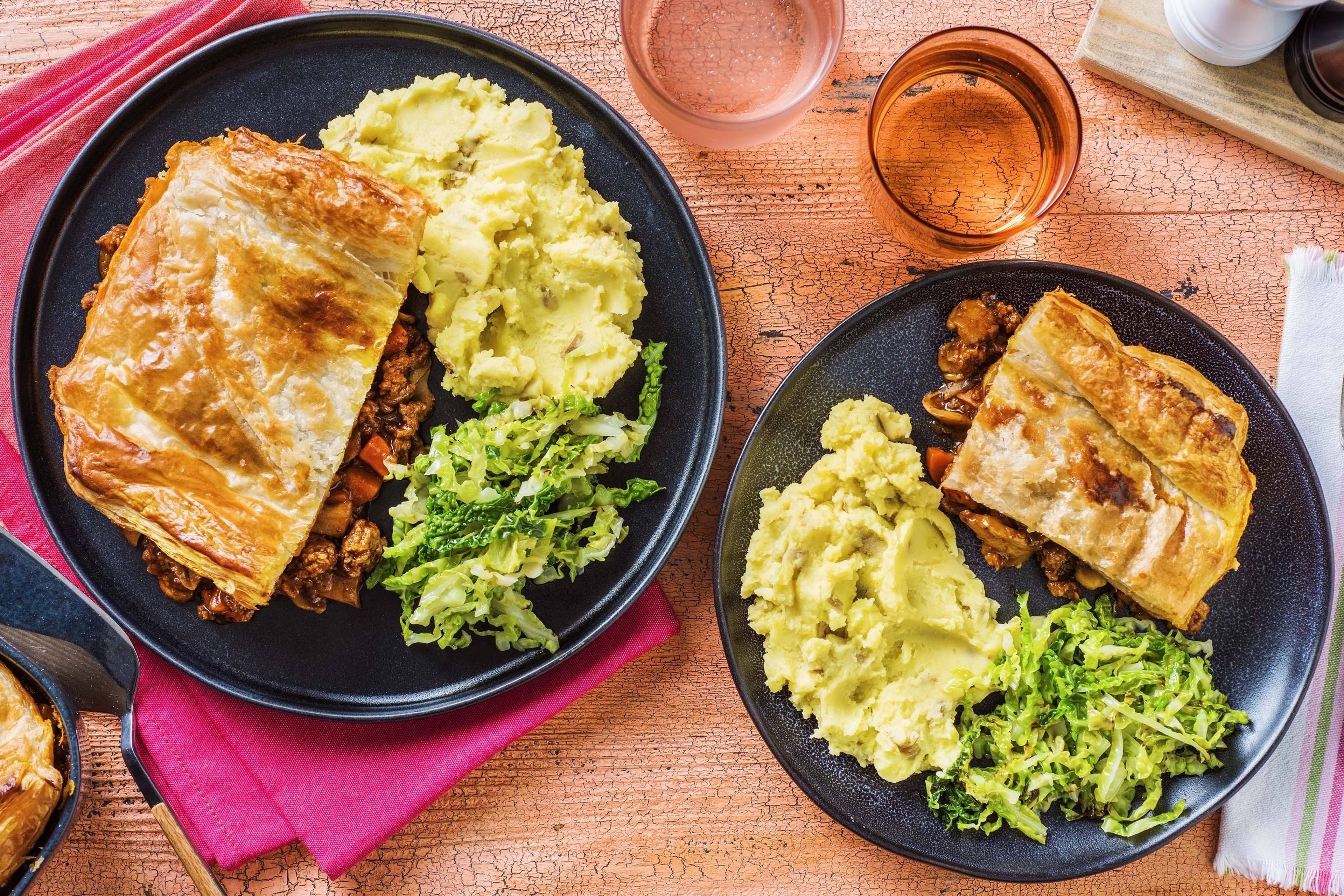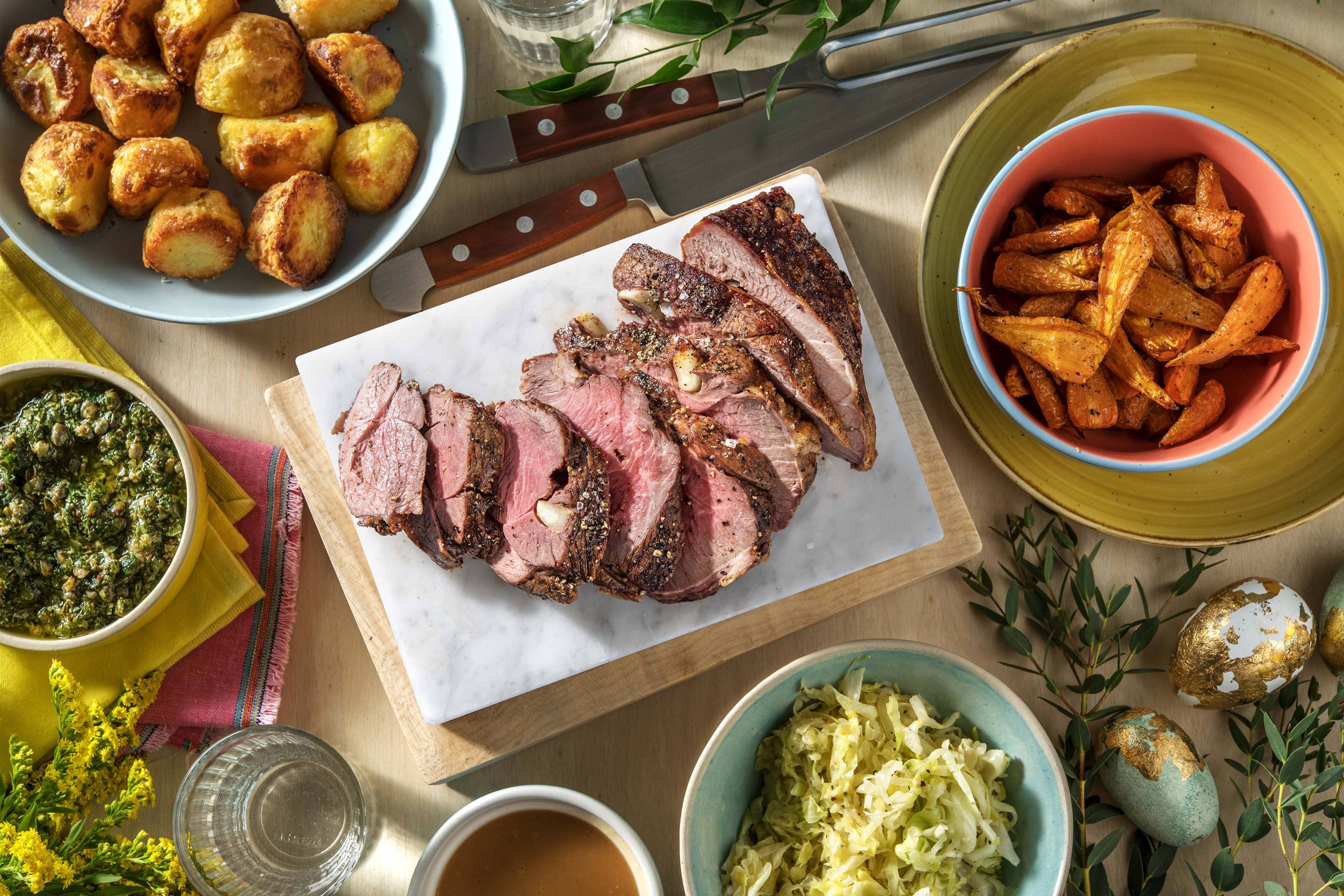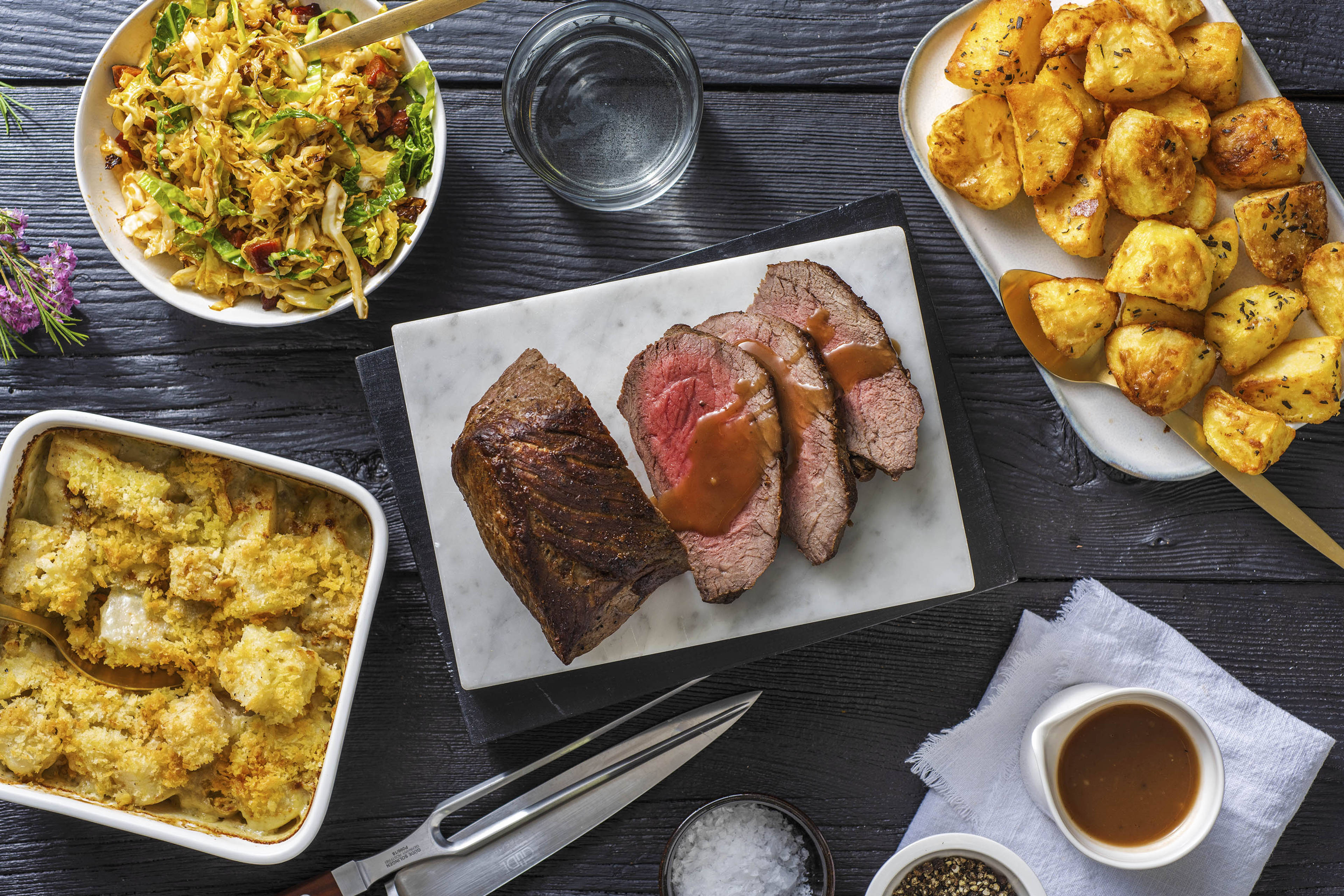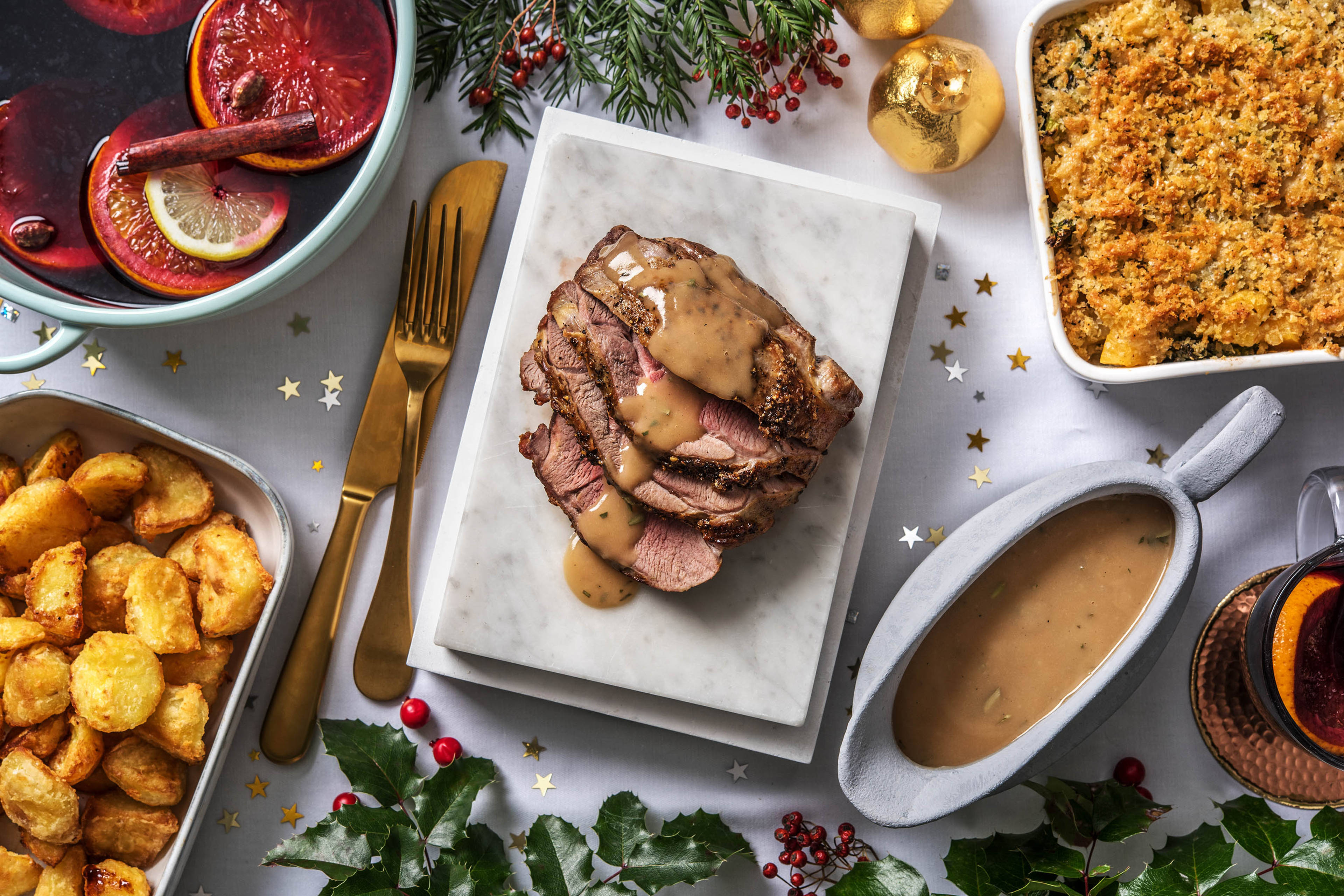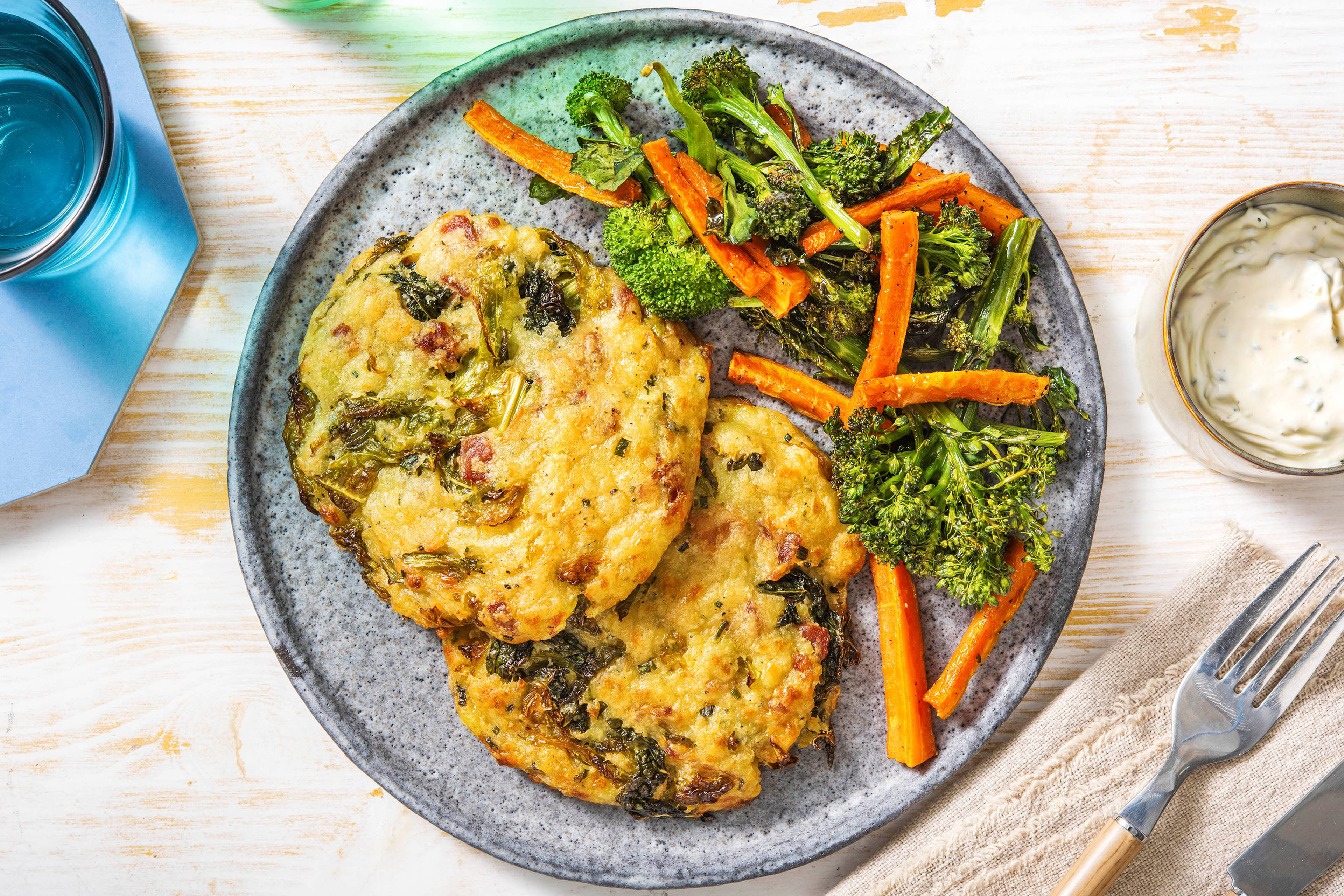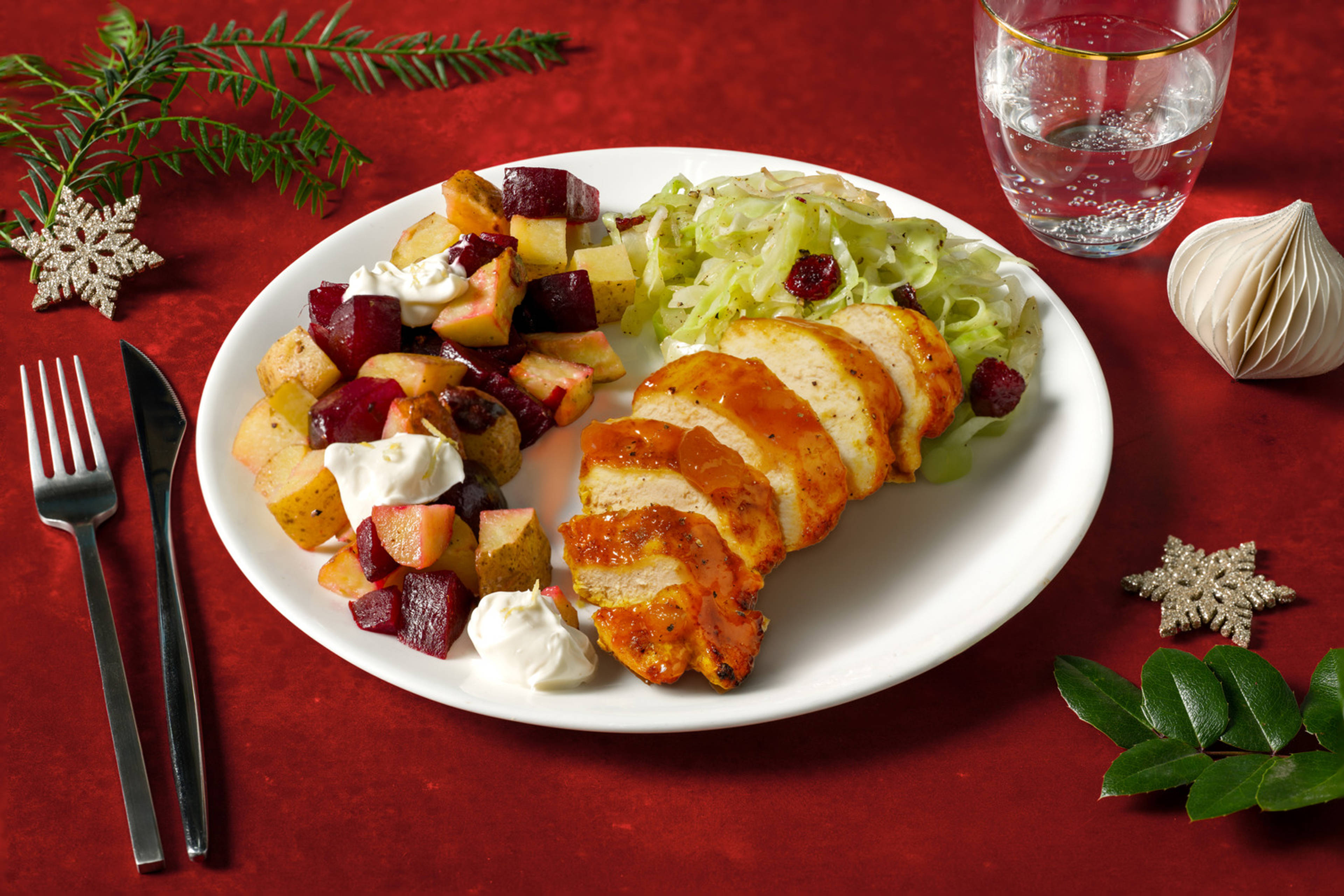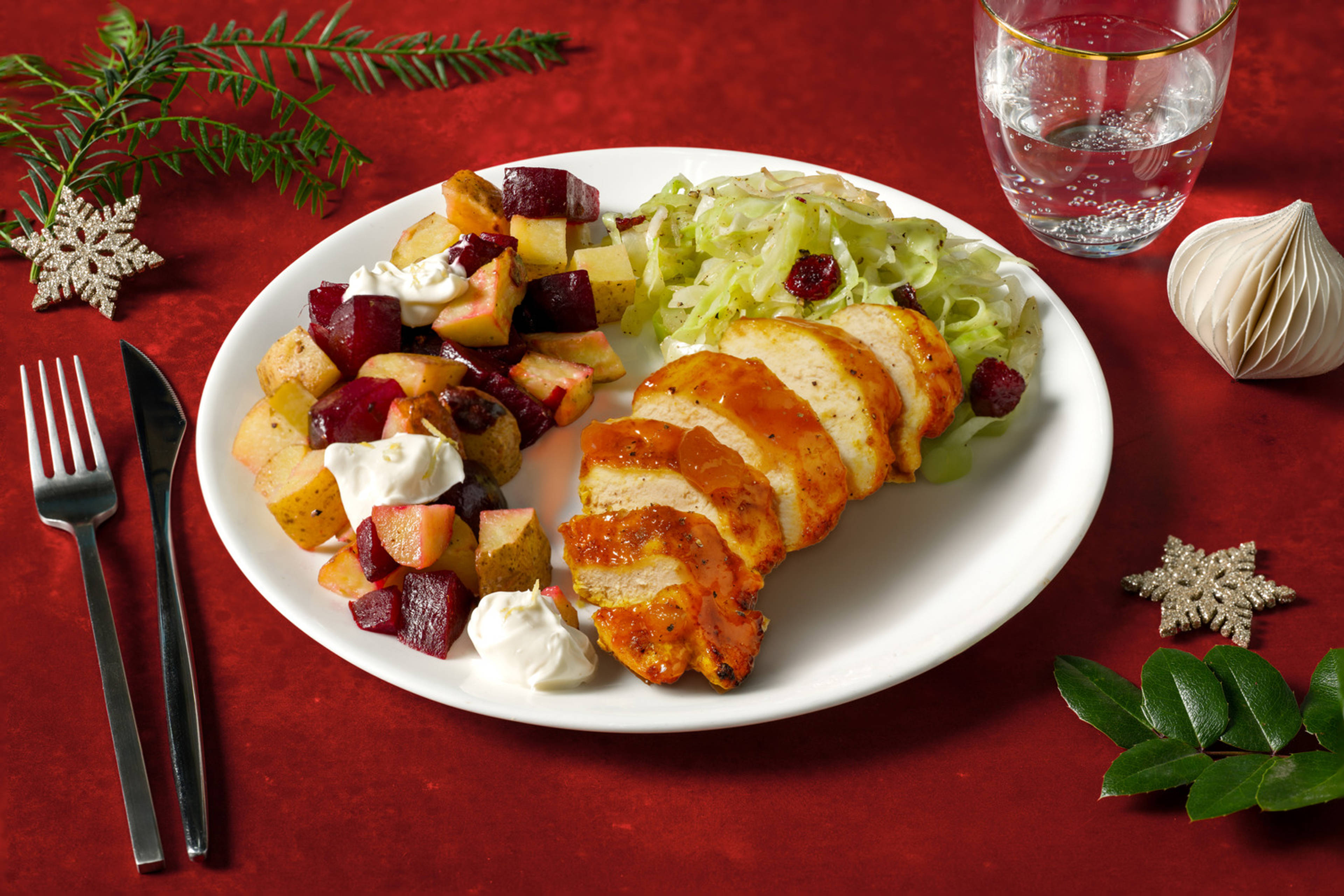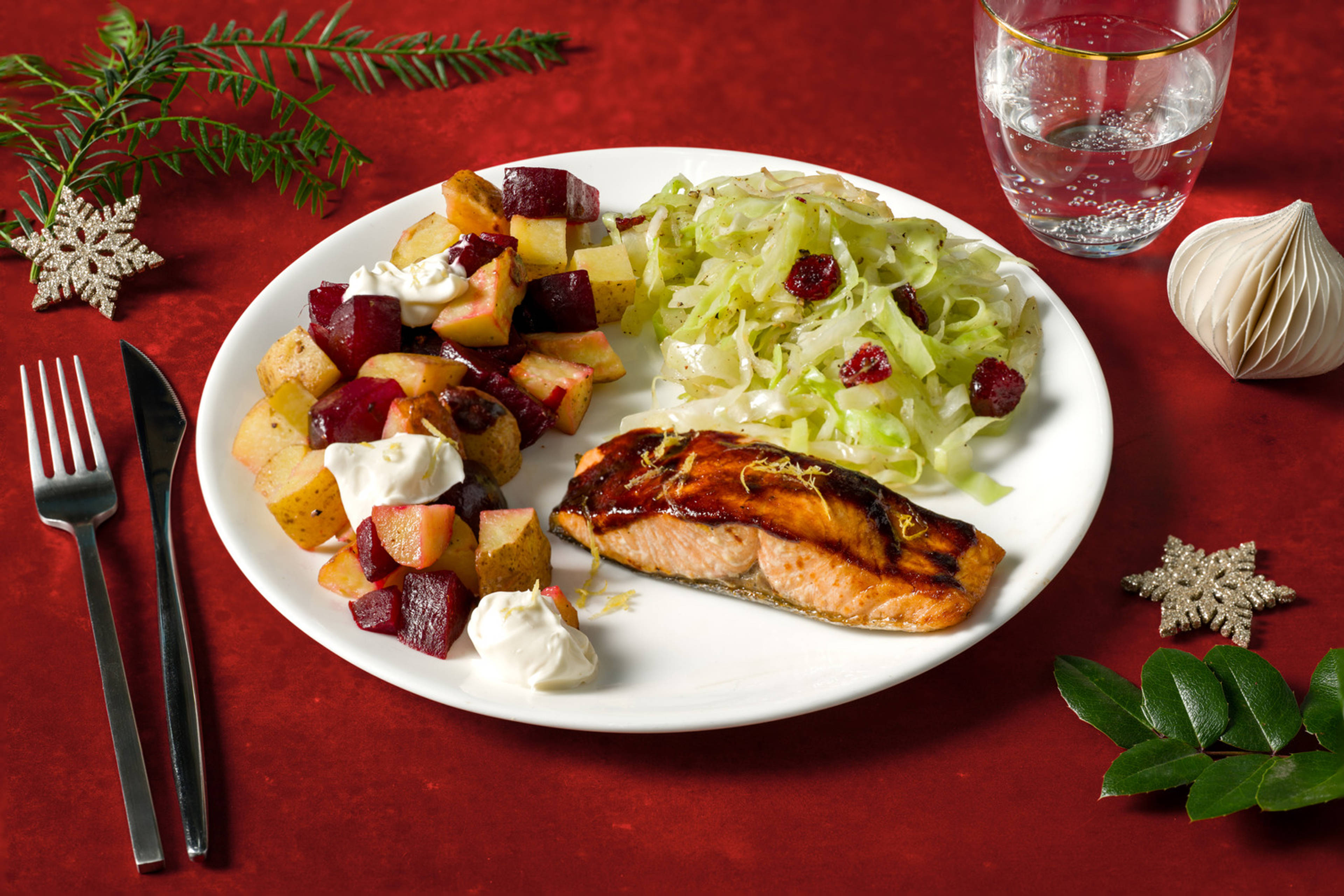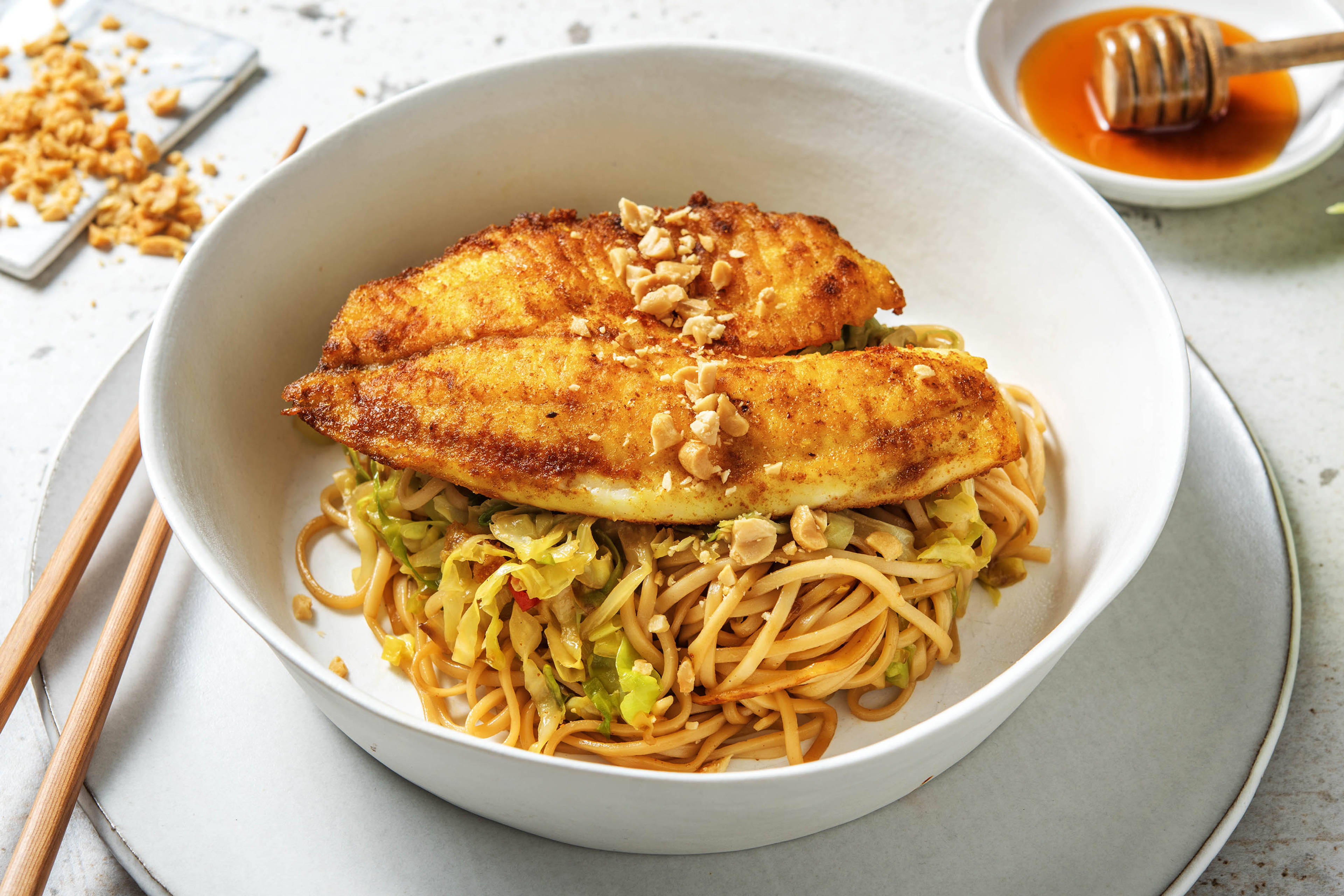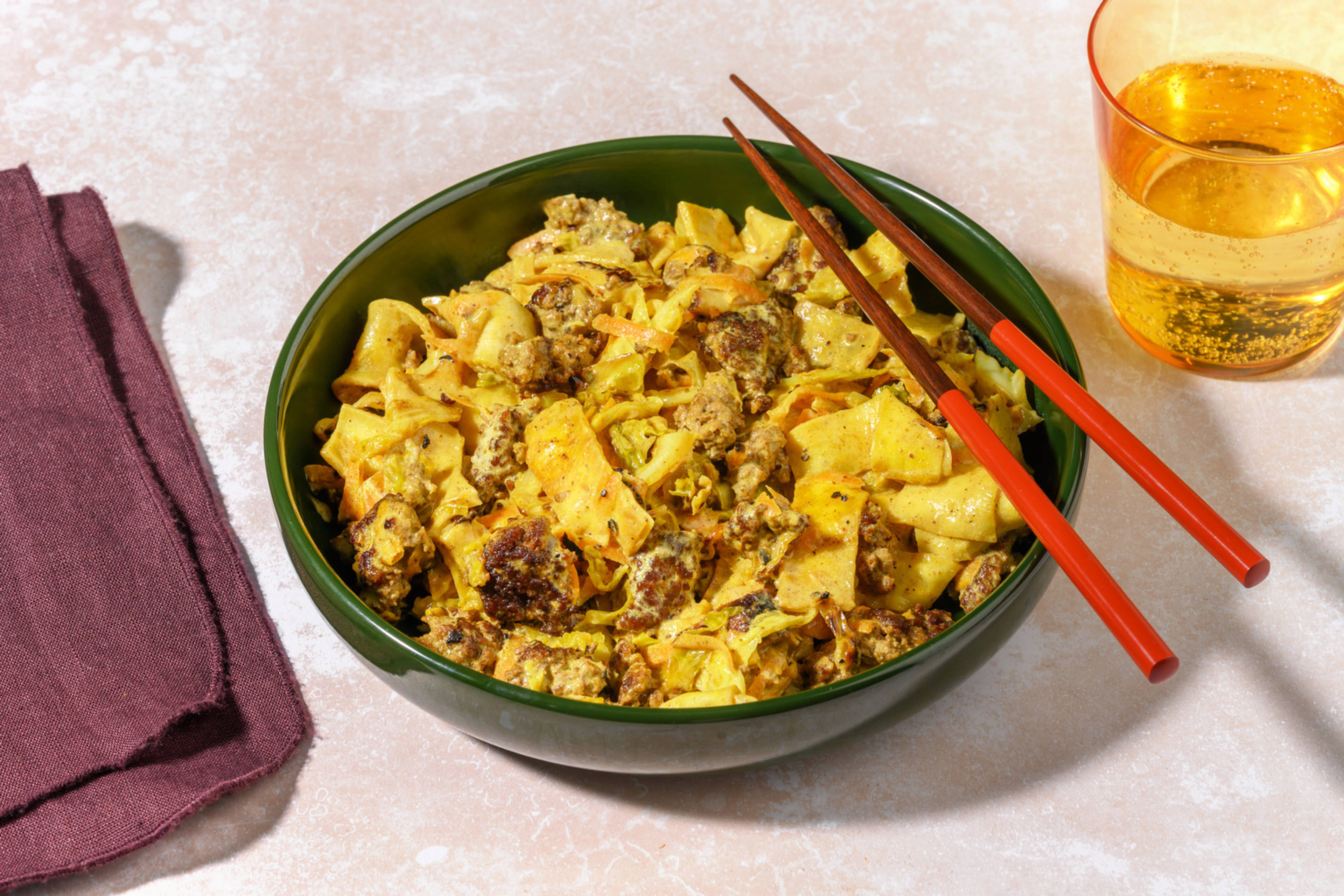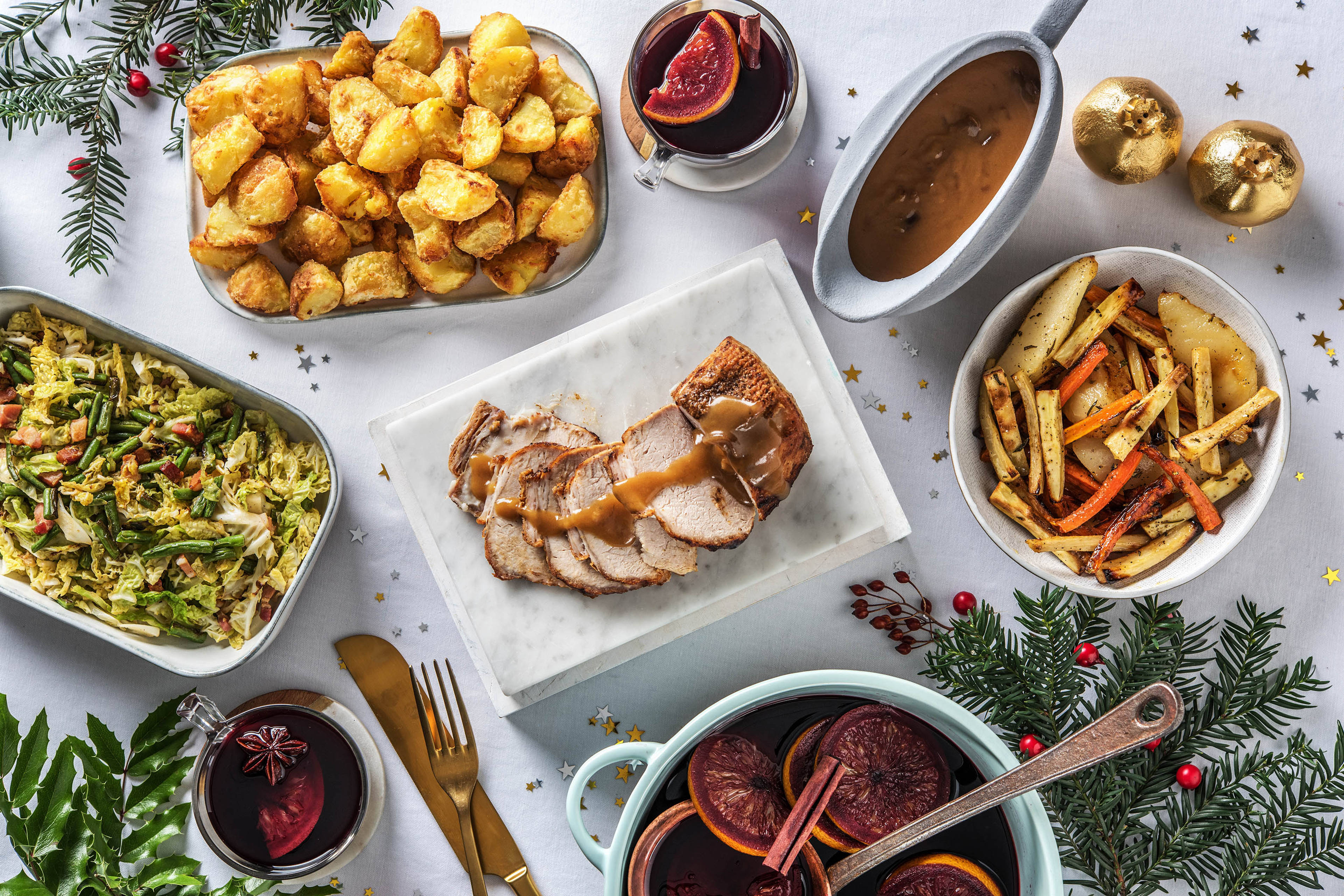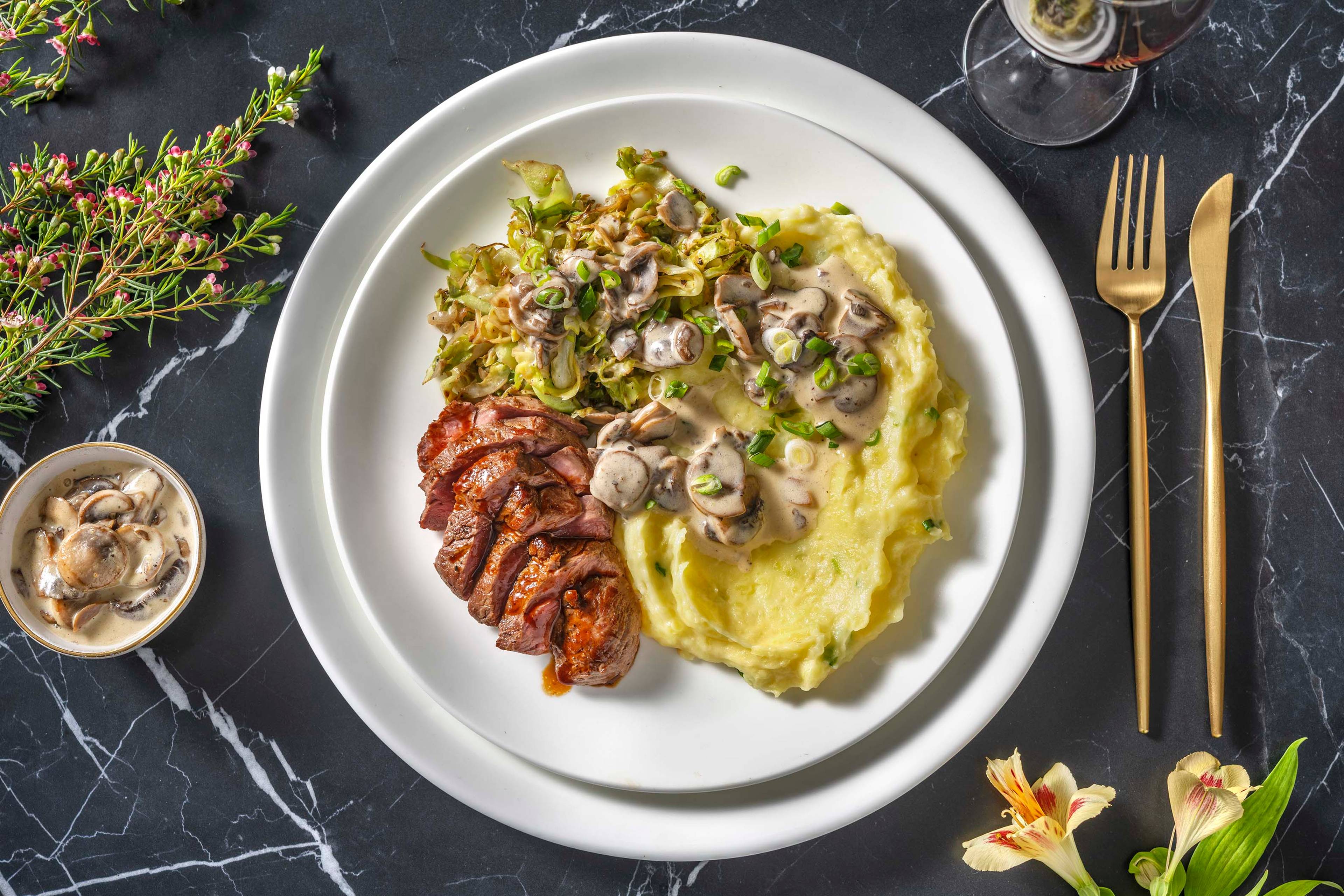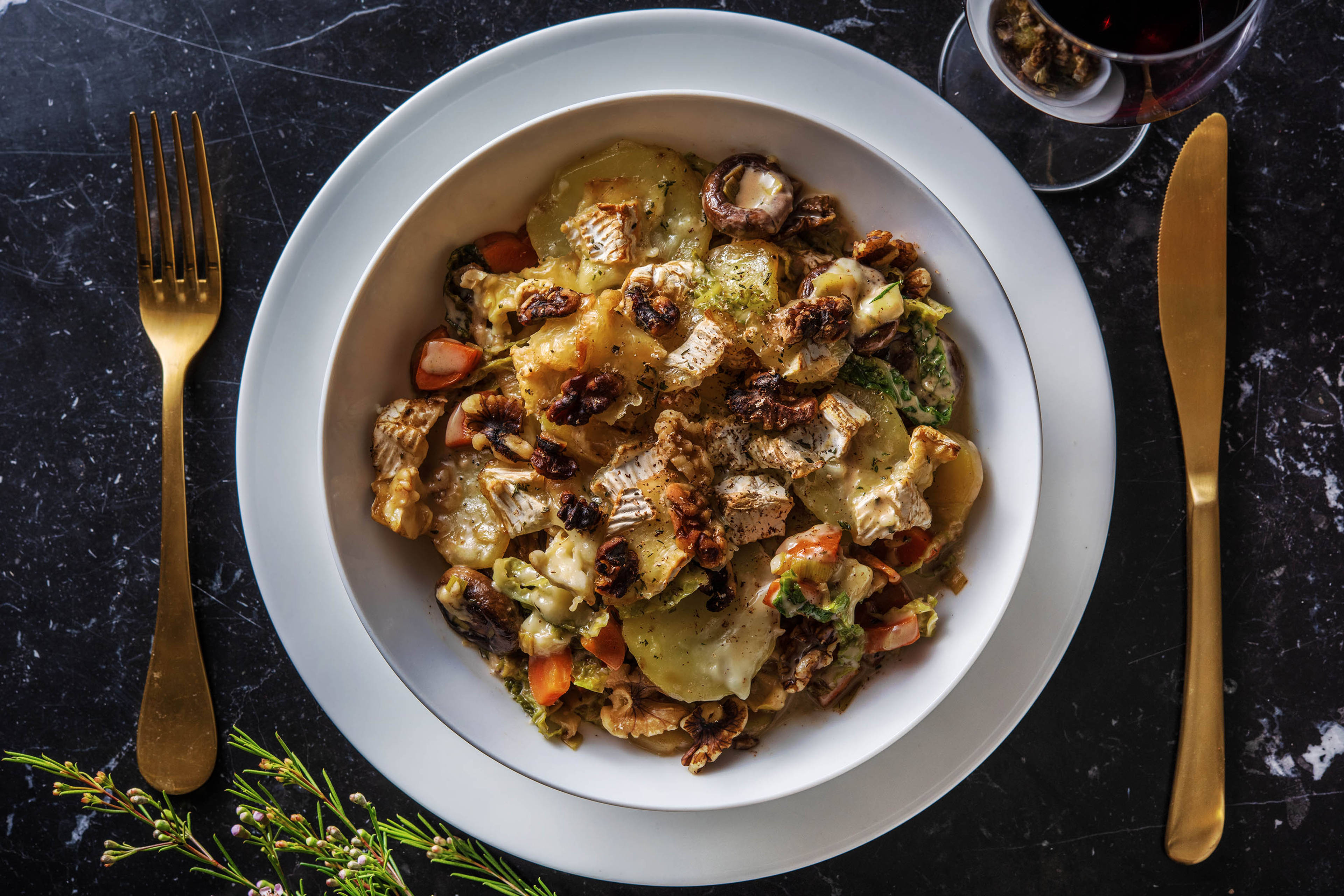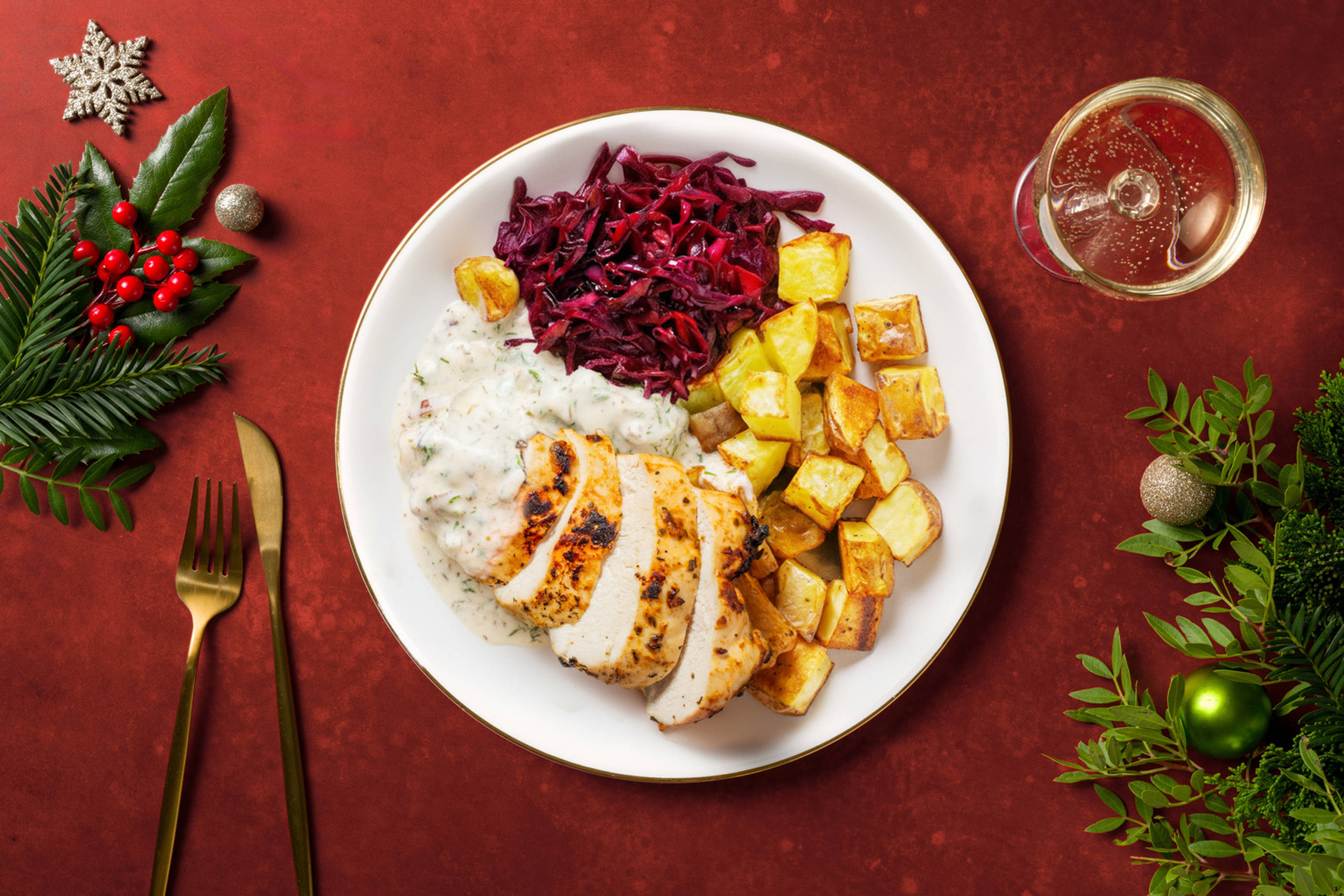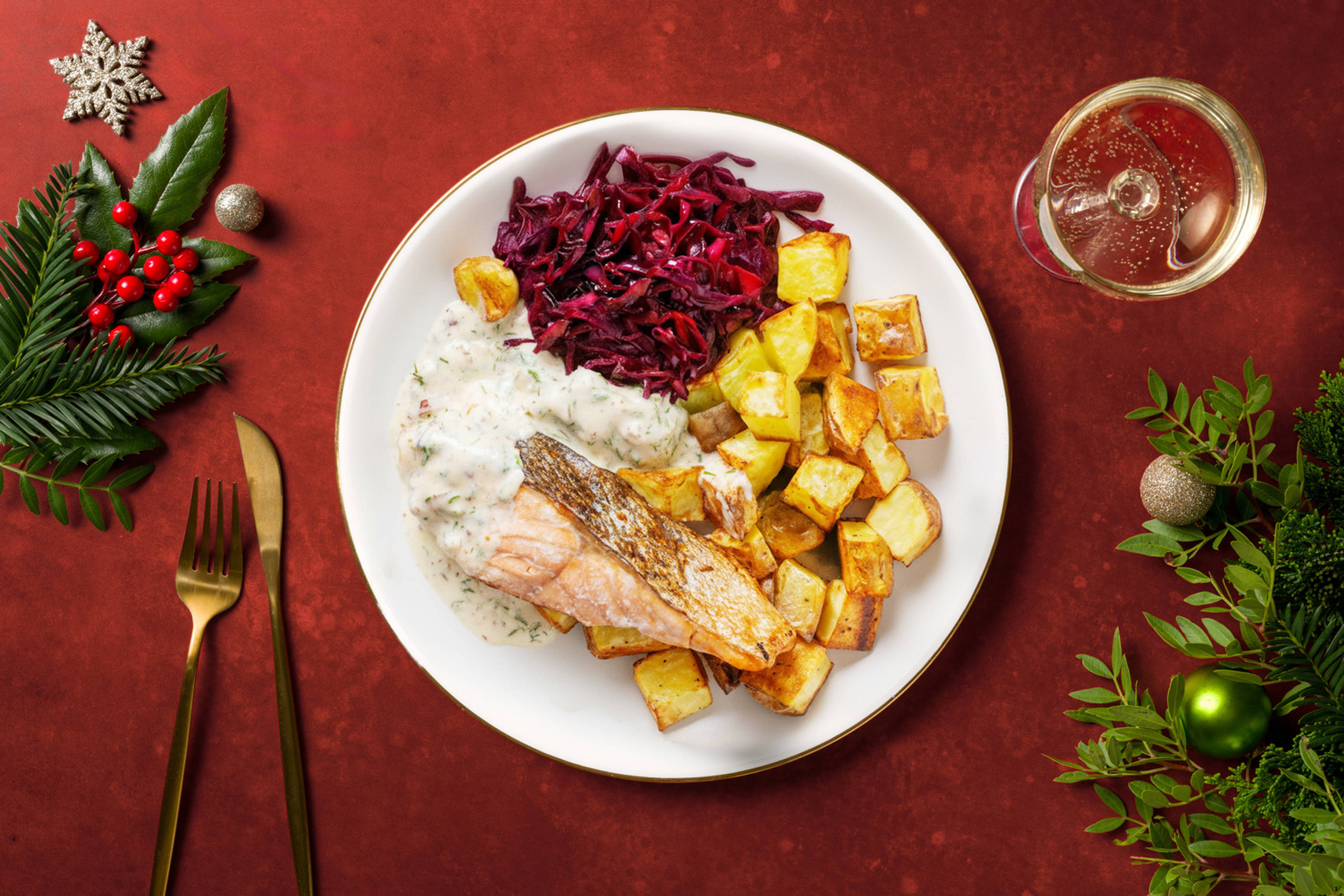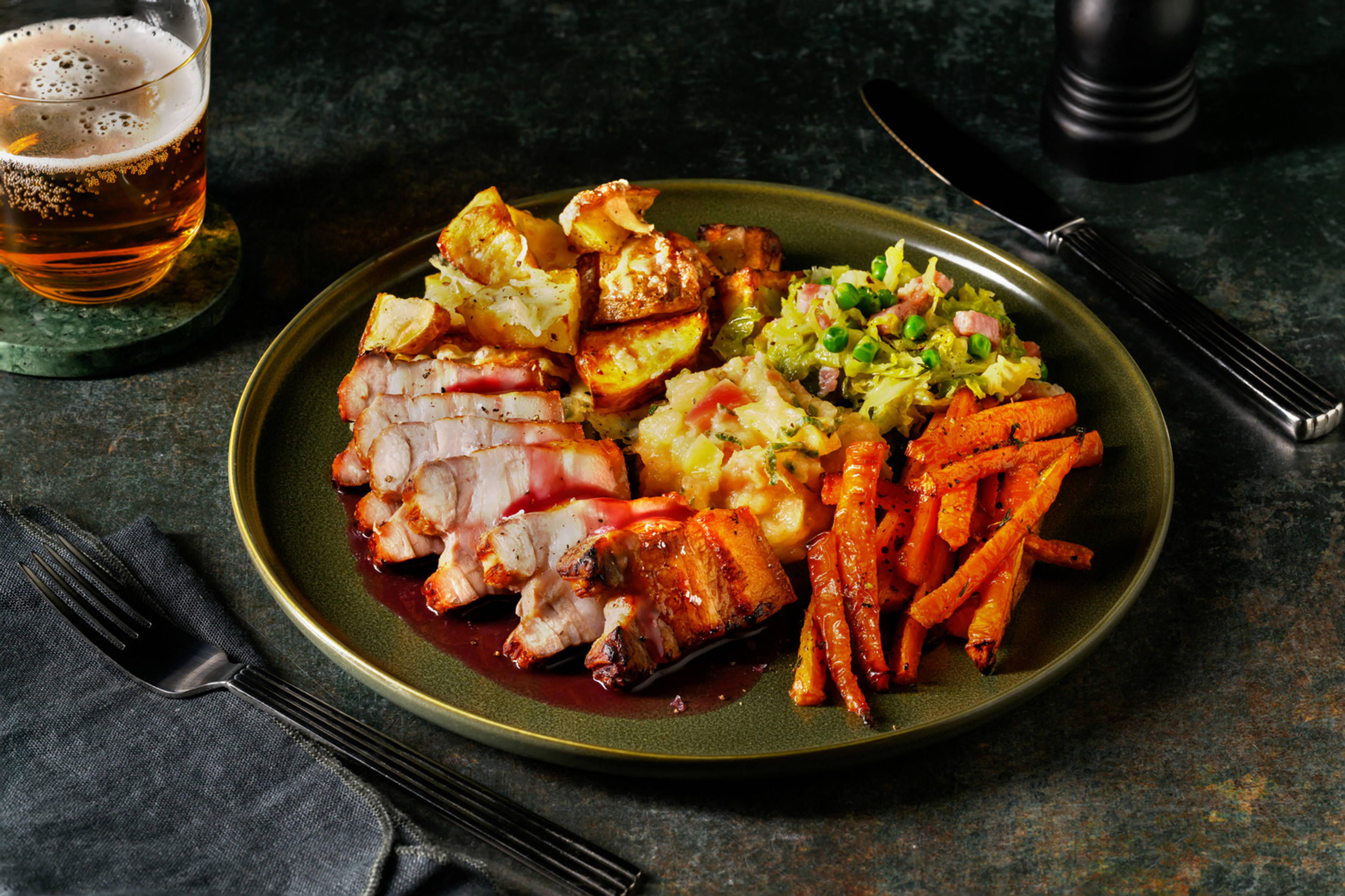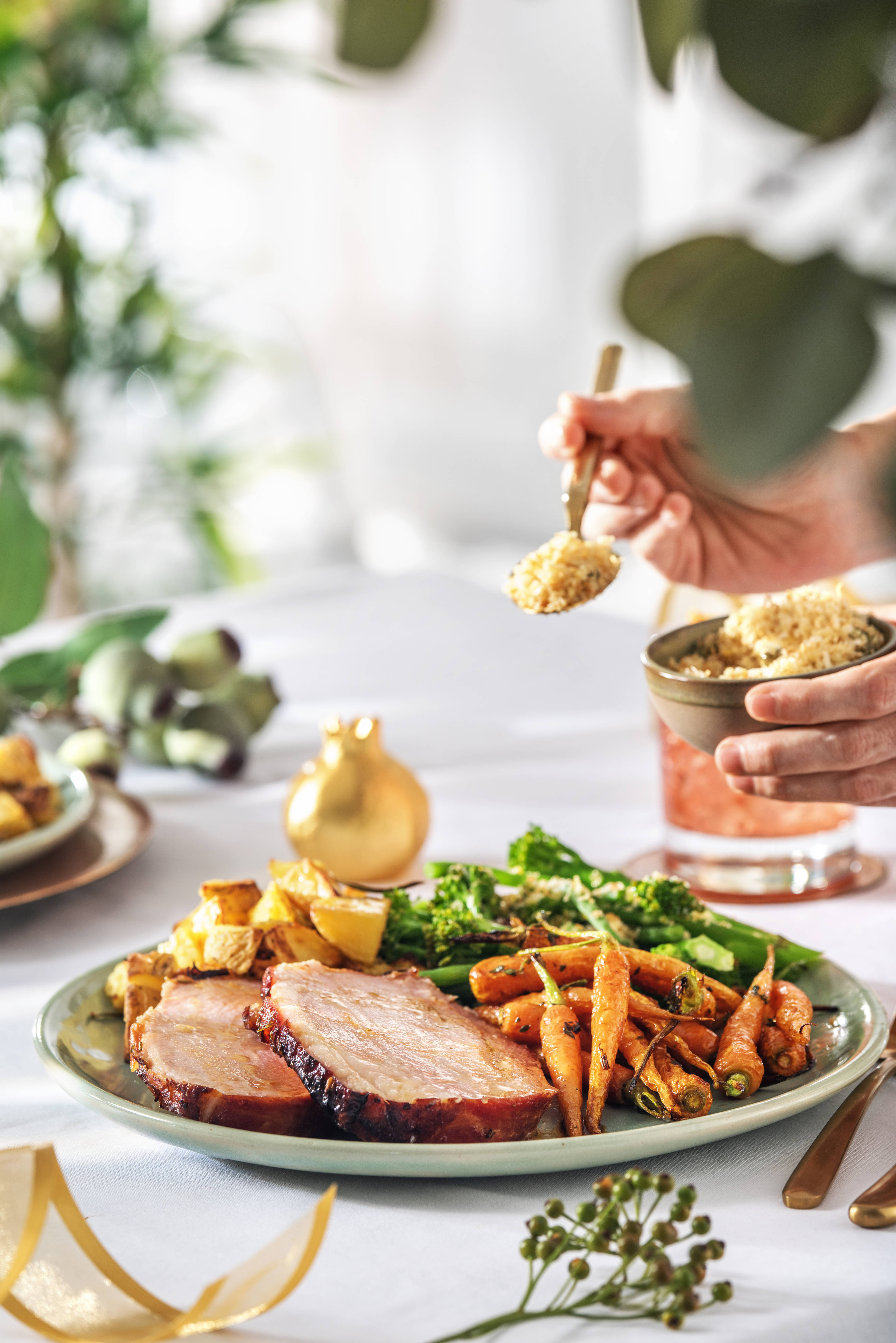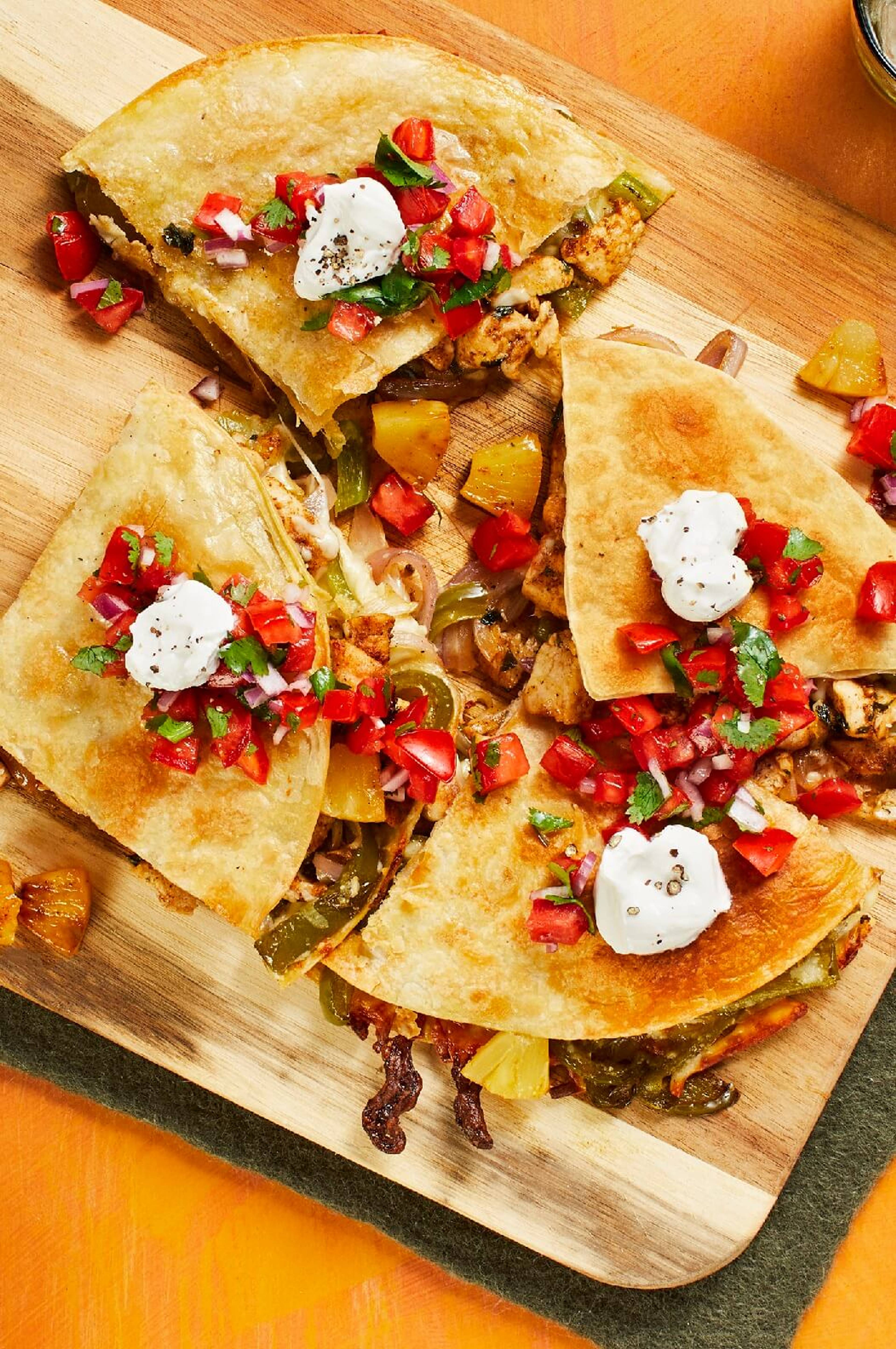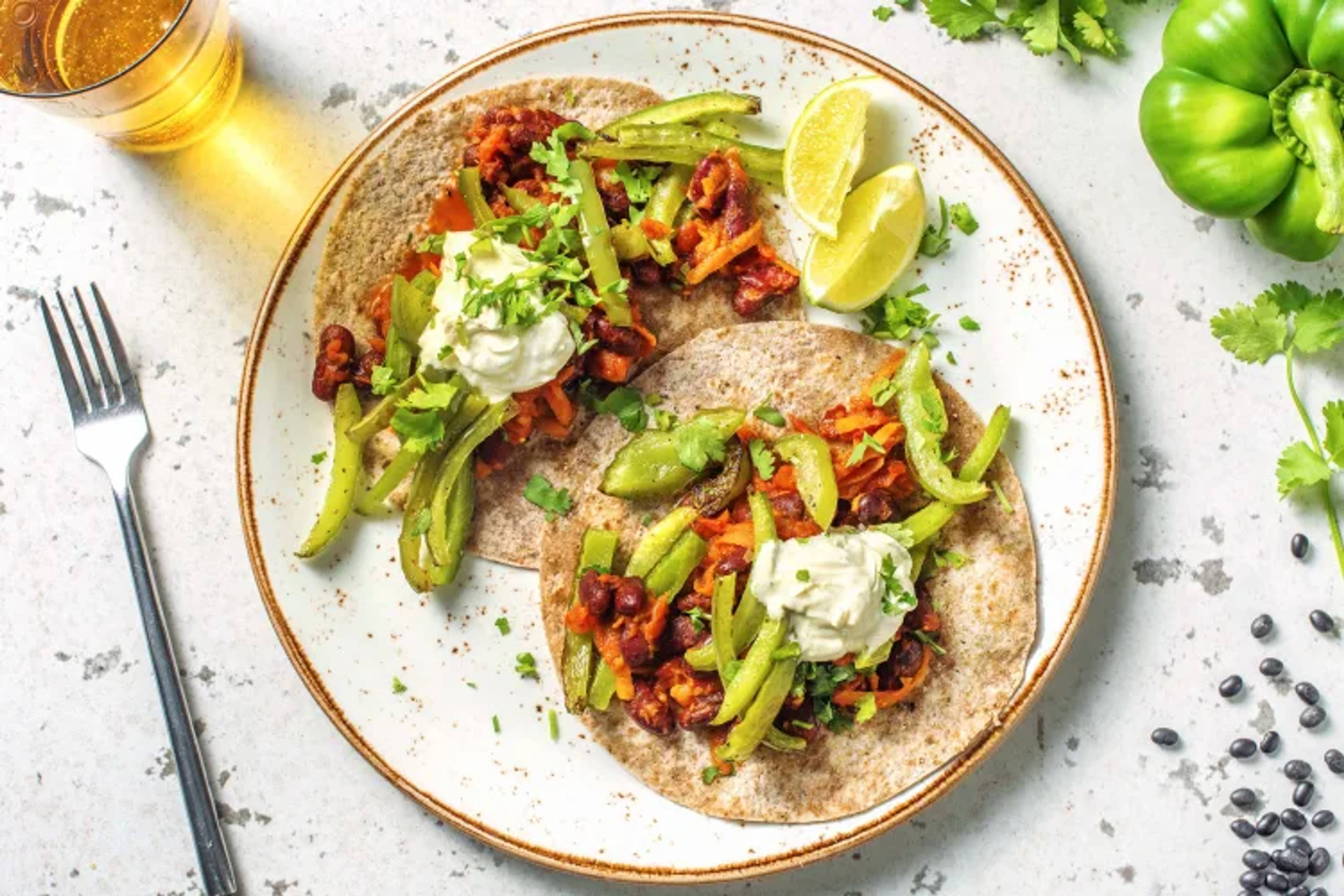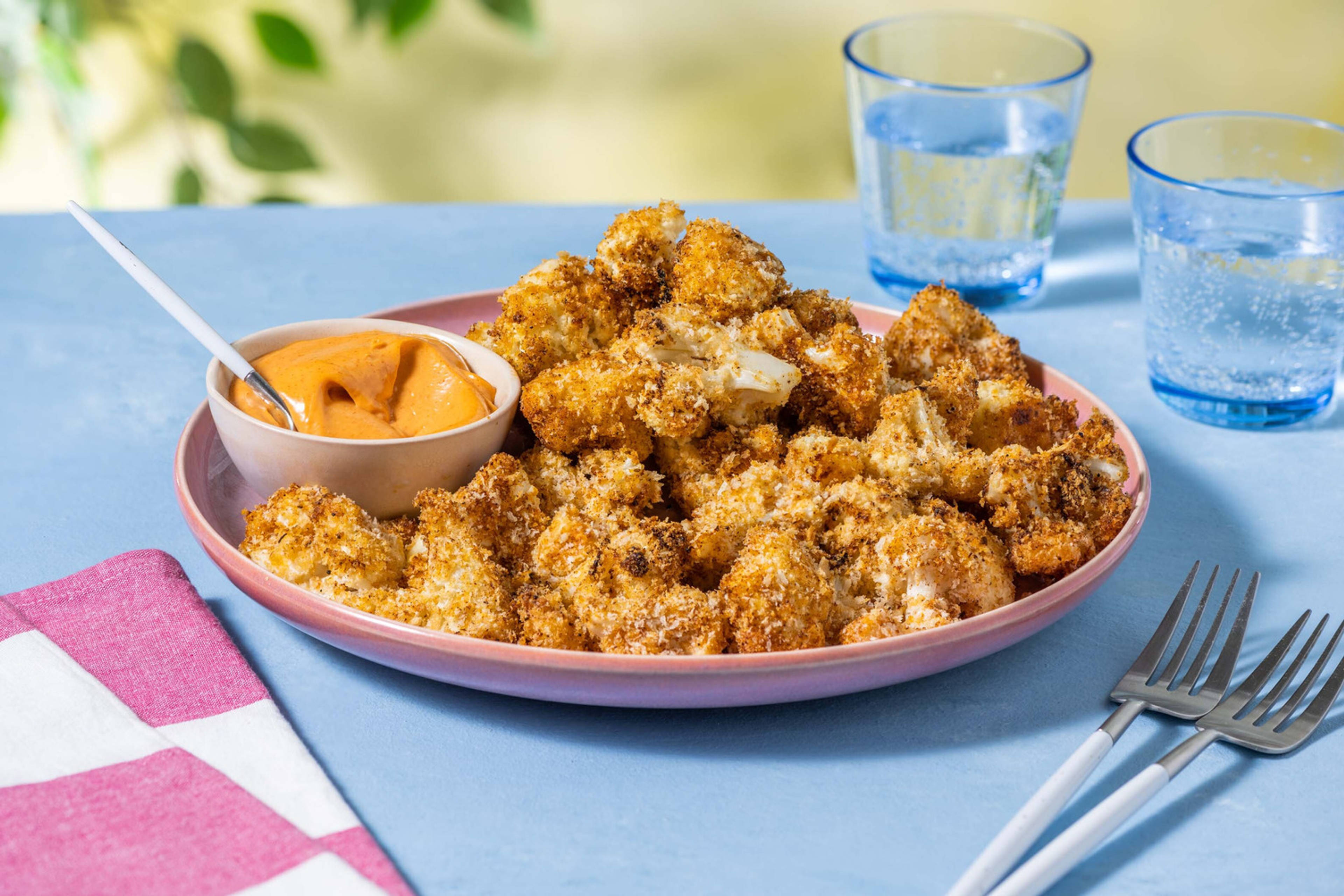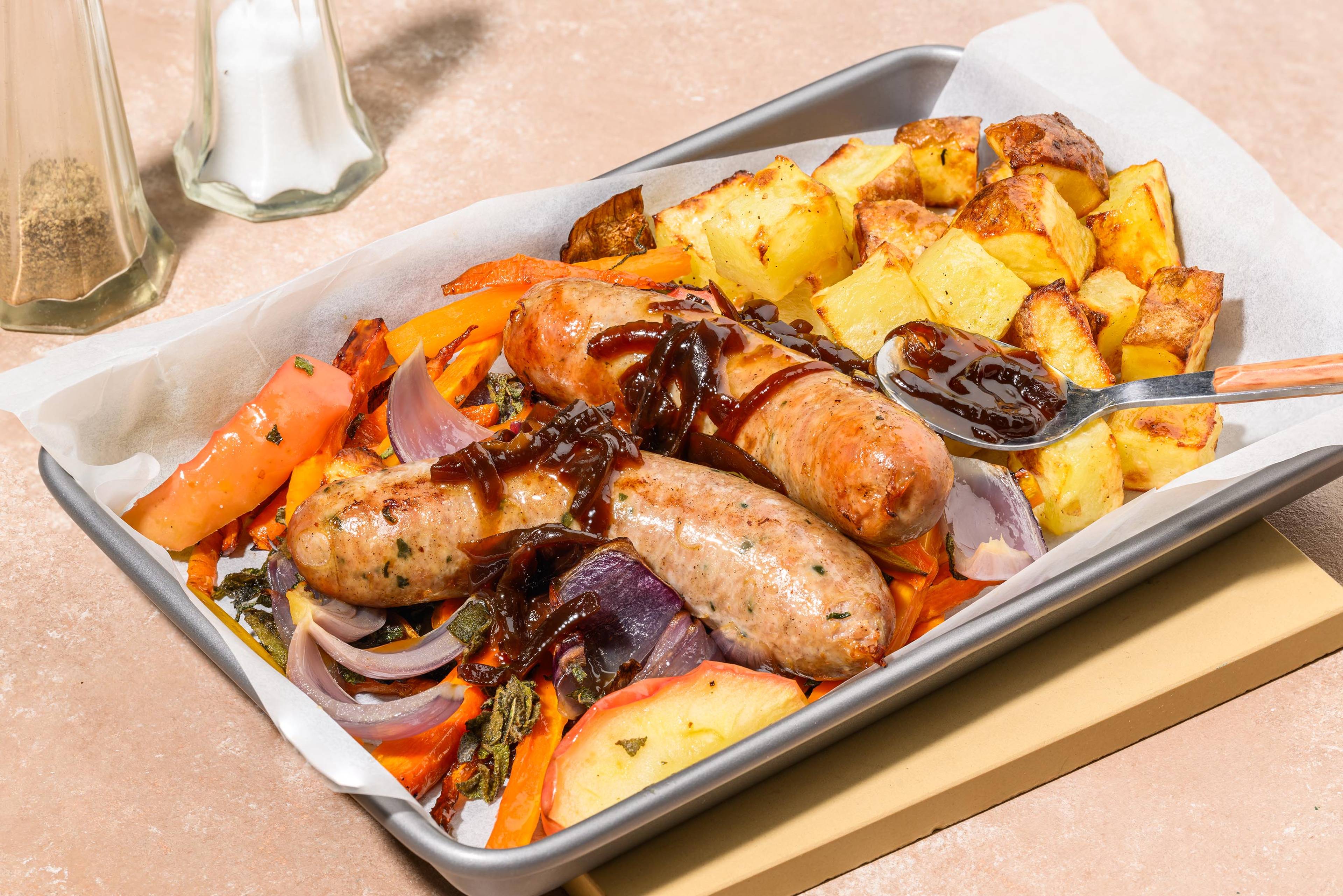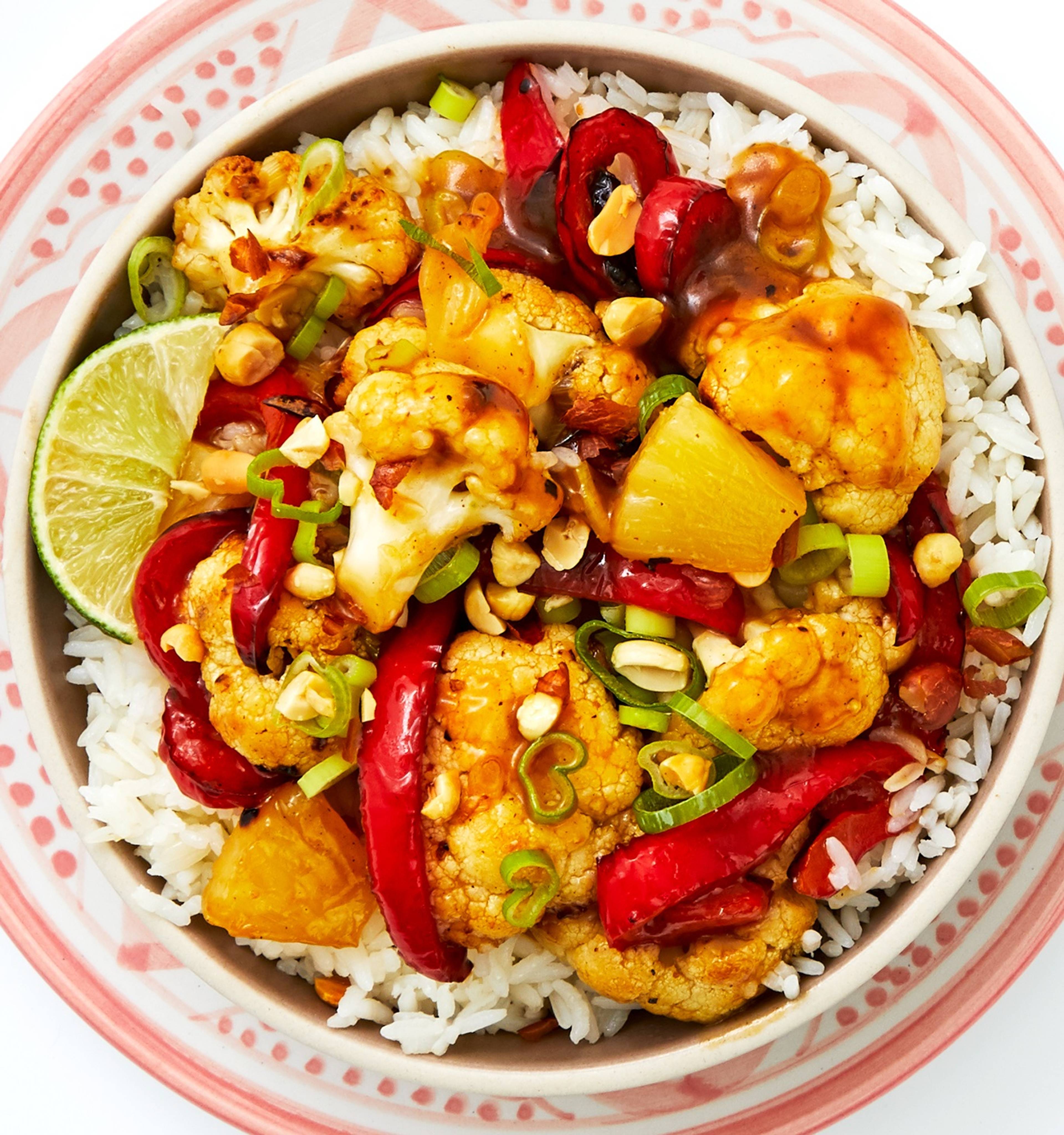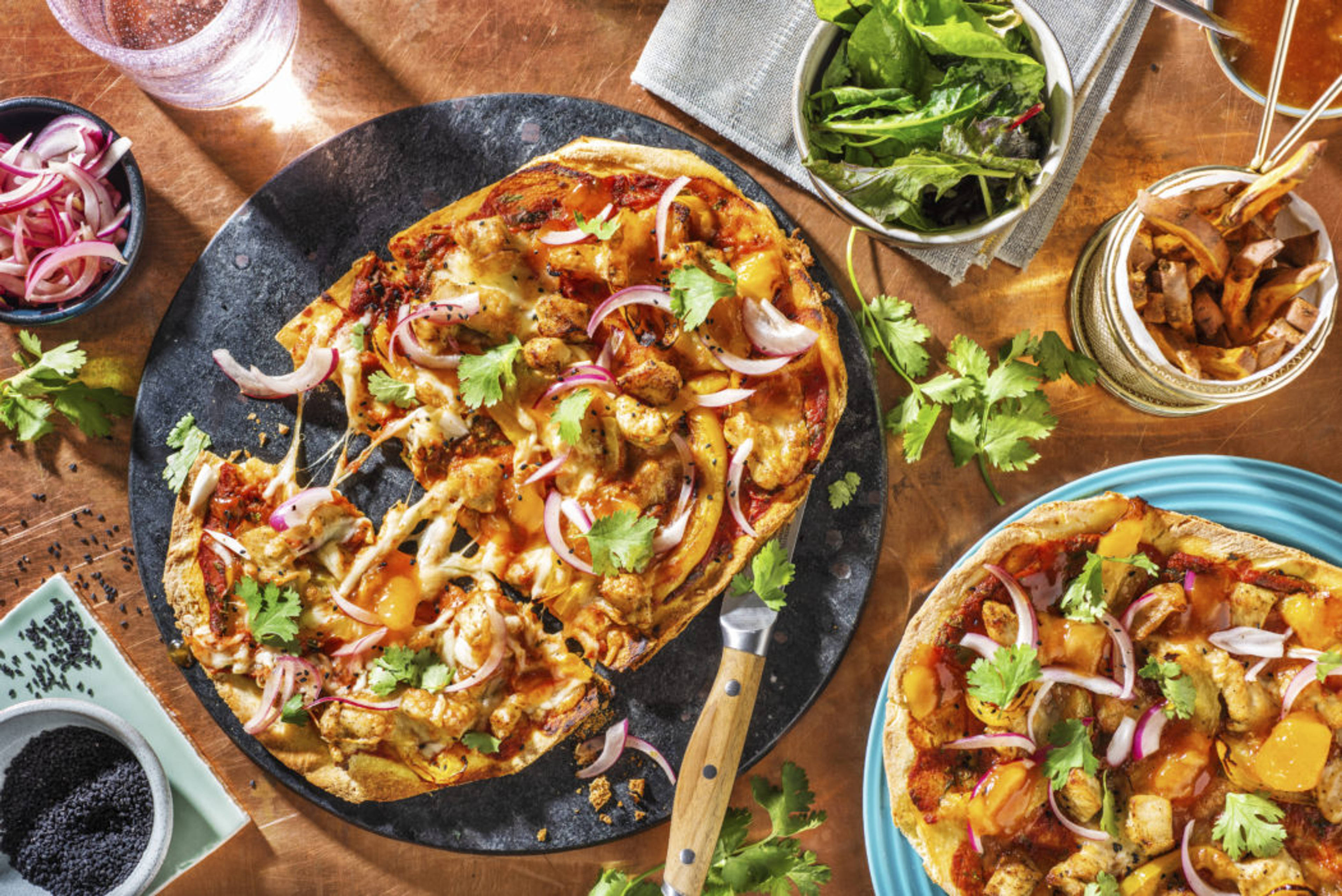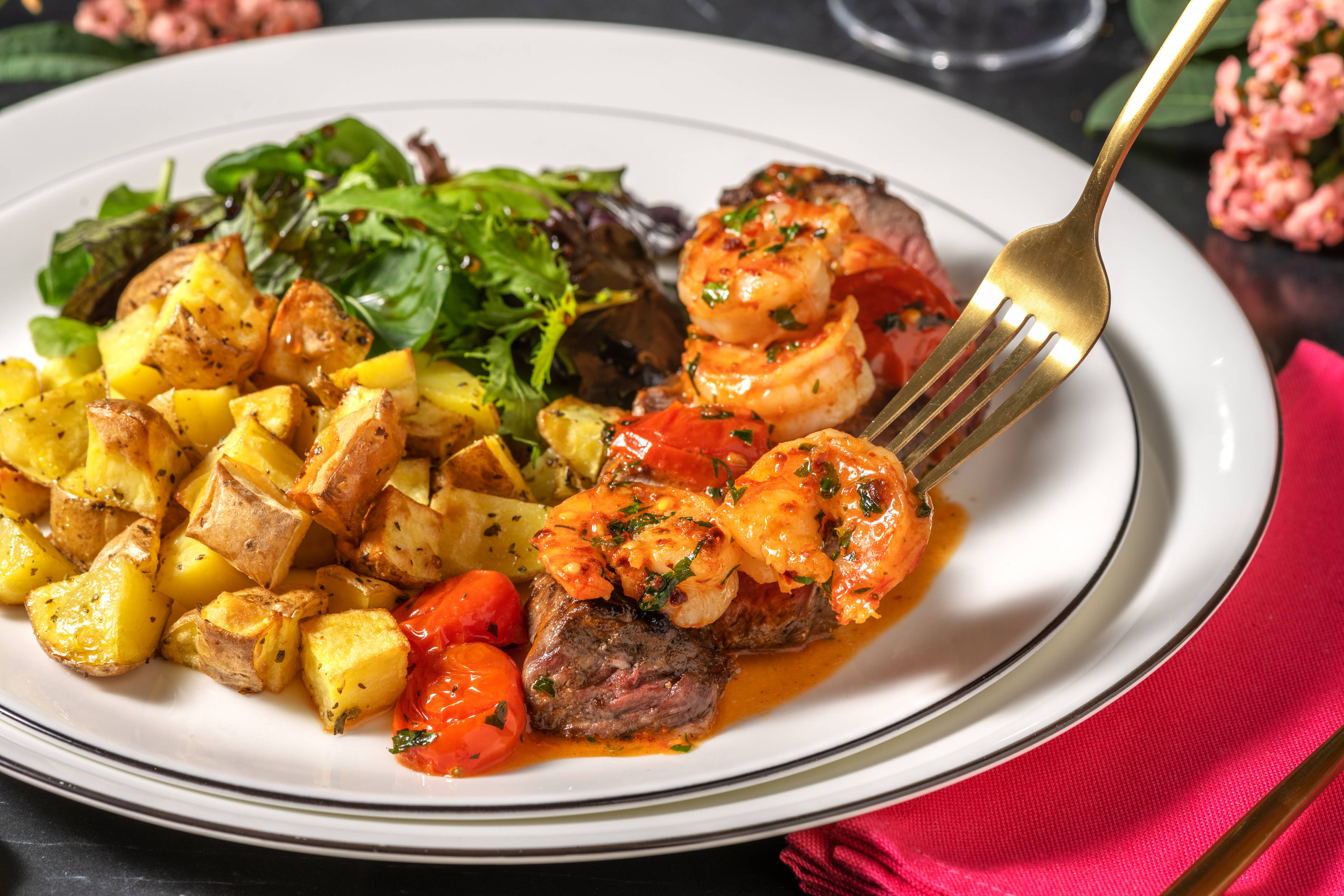Cabbage Recipes - 80+ Recipes with Cabbage to Choose From
Tasty, delicious and full of goodness, see new recipes to make with cabbage inspiration here.
Discover our Cabbage Recipes
Savoy Cabbage Recipes
With its unique texture and crunchy, emerald green leaves, savoy cabbage is the perfect way to elevate any recipe with cabbage.Further Savoy Cabbage Recipes
White Cabbage Recipes
If you’re looking for recipes using white cabbage, you’re in the right place. These dishes harness the unique flavour of white cabbage for an impressive dish to serve up.Roasted Cabbage Recipes
Roasting cabbage brings out the natural flavours of this nutritious ingredient, and creates a lovely texture to complement the other parts of your meal.Further Roasted Cabbage Recipes
Fried Cabbage Recipes
Frying makes the cabbage more tender and brings out its natural sweetness, making it the perfect side dish or moreish component of any main meal.Sauteed Cabbage Recipes
Sauteed cabbage is a simple side dish with oodles of flavour. Complementing many proteins and other veggies, bring these recipes out when you’re aiming to impress.Further Sauteed Cabbage Recipes
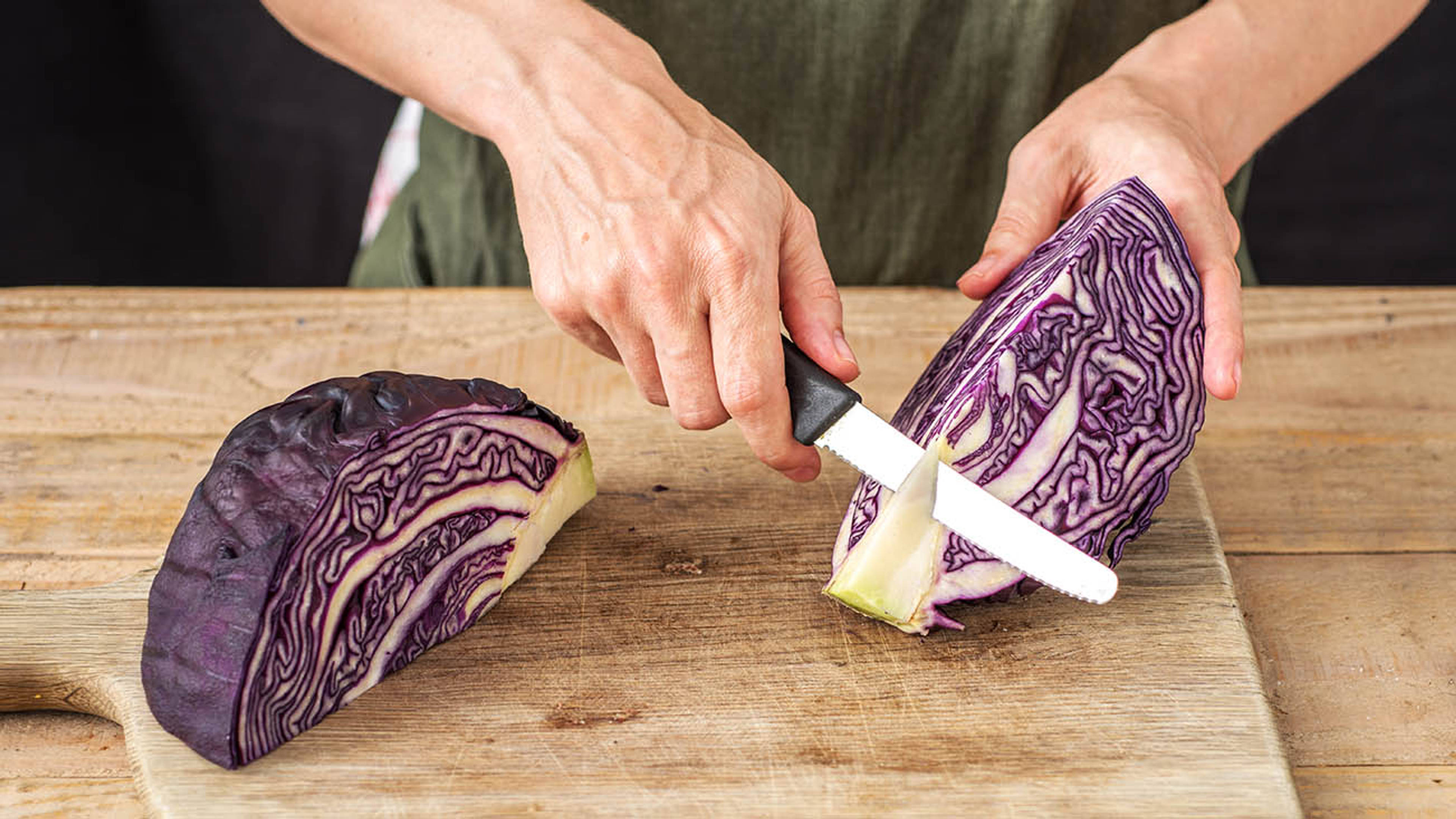
Cabbage Recipe FAQs
Can you freeze cabbage?
Yes, like most vegetables, you can freeze cabbage to keep it fresher for longer. The best way to freeze cabbage is to blanch it first, that is to emerge it in boiling water for a short amount of time - about 90 seconds - this is enough time not to cook the cabbage but to lock in the flavour. Then you can freeze the cabbage and reduce the chances of diluting the taste.
How to shred cabbage
Shredding cabbage is simple, easy and doesn't have to be neat! After washing your cabbage and removing the core, cut the cabbage into four and then thinly slice - roughly. Ta-da, you now have shredded cabbage perfect for a range of recipes.
Can you eat cabbage raw?
Yes, cabbage can be enjoyed raw or cooked. Eating it raw keeps the natural texture of the cabbage and can add a crispiness to a range of dishes.
How to cook cabbage
Wondering how to cook cabbage? The beauty of this hard-working vegetable is that you can use it in so many ways. Grate up a green cabbage or finely chop it to serve in a crunchy coleslaw with homemade mayonnaise, carrot, onion and sprinkle with crushed cashew nuts. You can also steam it, stir-fry it, sautée it, braise it or roast it - simply slice, rub with garlic, season generously and drizzle with oil beforehand for a dish that tastes far greater than the sum of its parts.
How do you store cabbage?
Choose a cabbage that is bright in colour, heavy and firm to the touch. Leaves should be crisp and dense to suggest a freshness. If you are getting used to the flavour, choose a larger head which will be milder. When buying a locally sourced version of the vegetable, remember that cabbages picked after the frost will be sweeter than those picked before. When you get it home, store it in the vegetable crisper of your fridge - whole, as the vitamin C content begins to deteriorate once it is cut. If you do use half, store the rest covered in plastic wrap for up to two days. Whole cabbages should last for up to two weeks, with the exception of savoy varieties which should last for one week.
Recipes by Preferences and Dietary Lifestyle
Get excited every evening!
+6
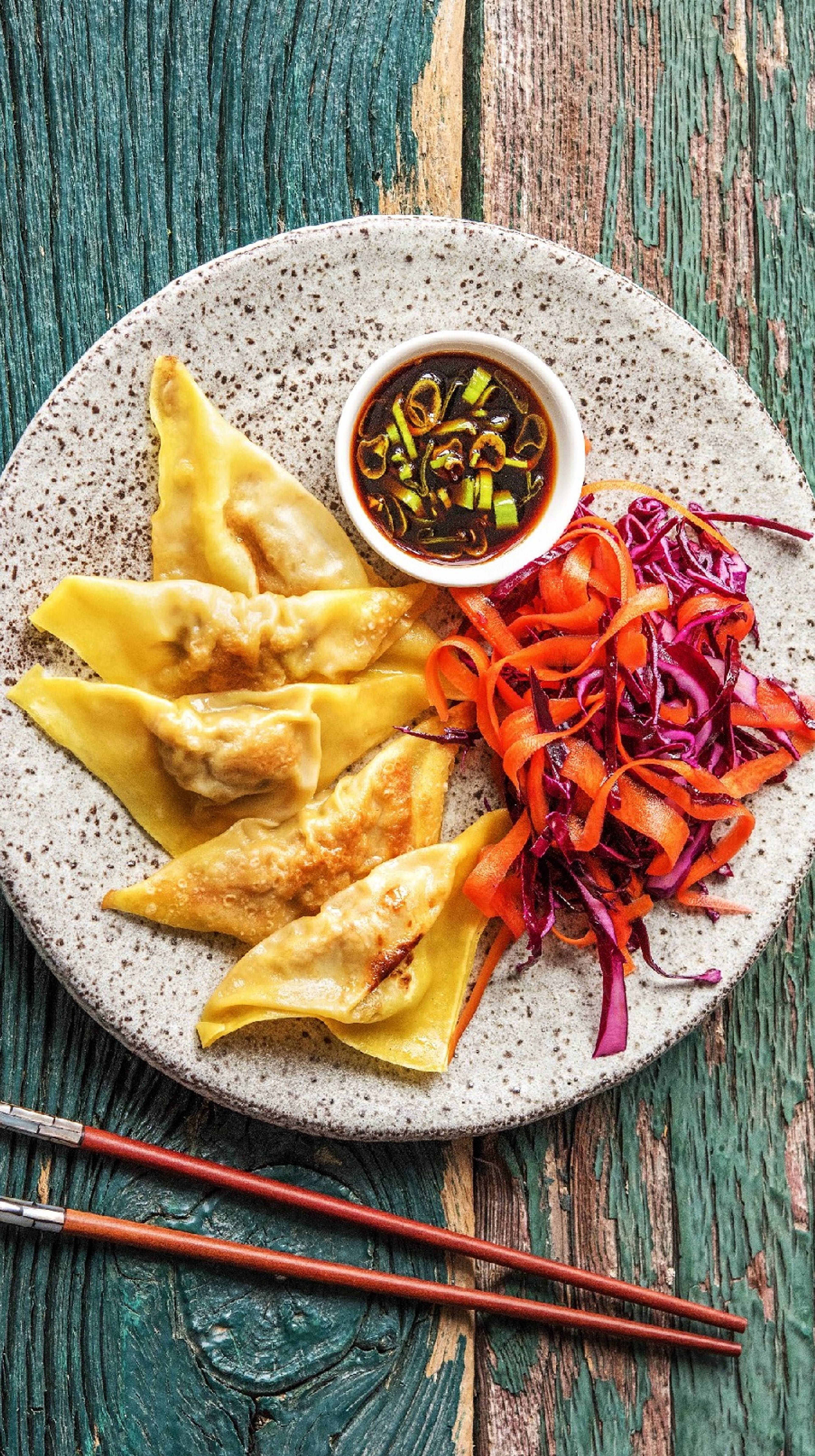

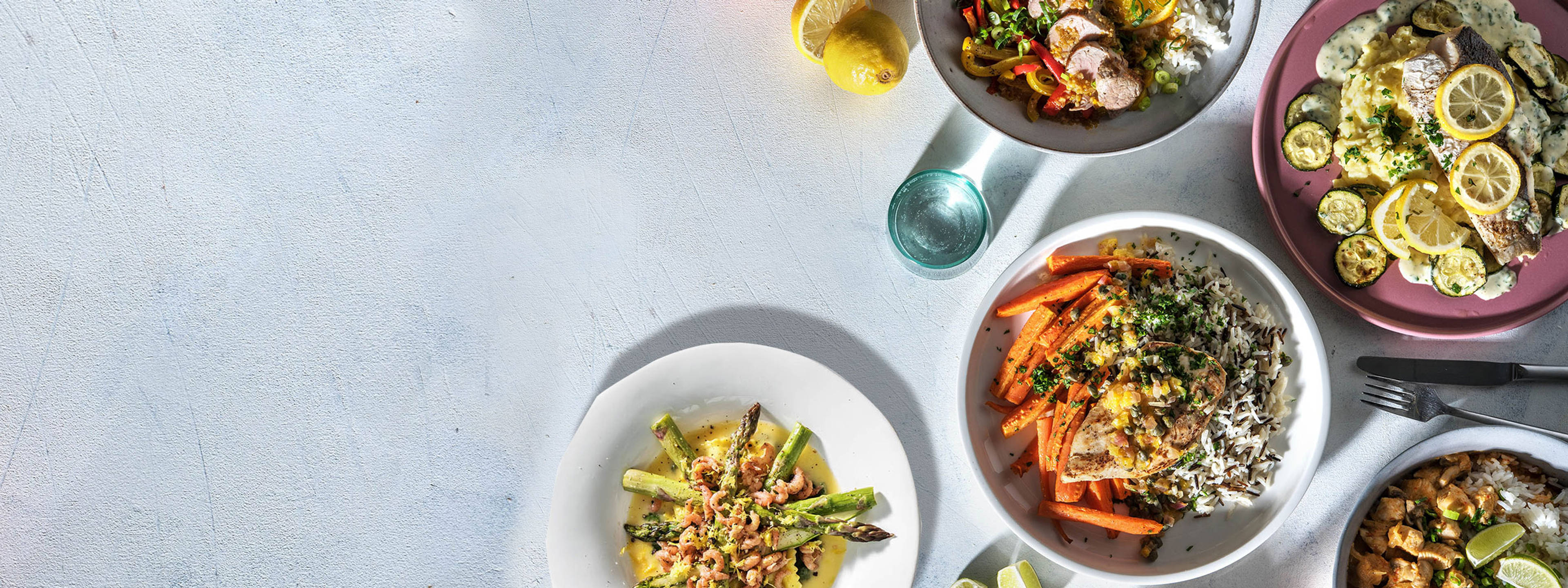
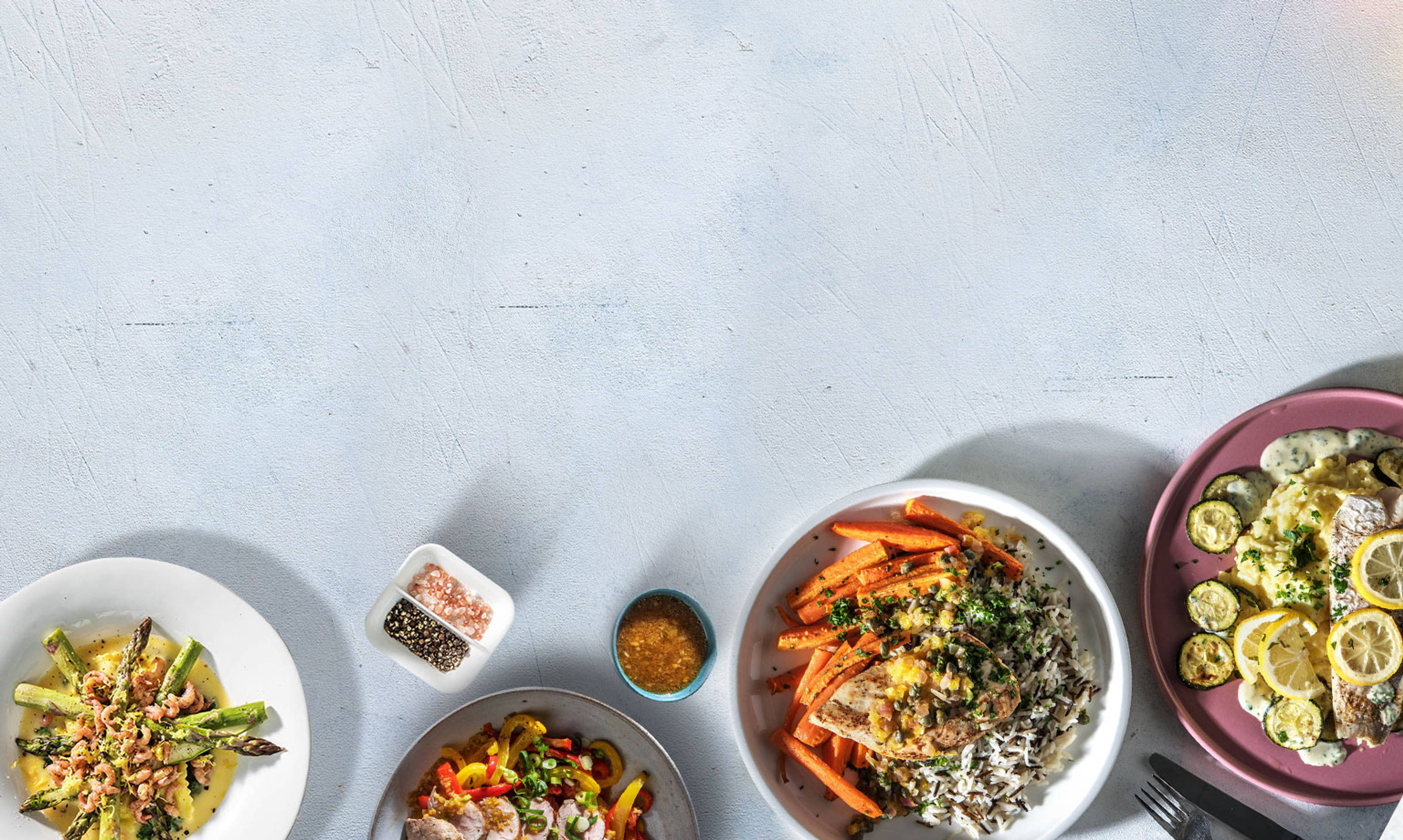
Recipes you'll love!
Get delicious recipes and all ingredients fresh on your doorstep every week!
